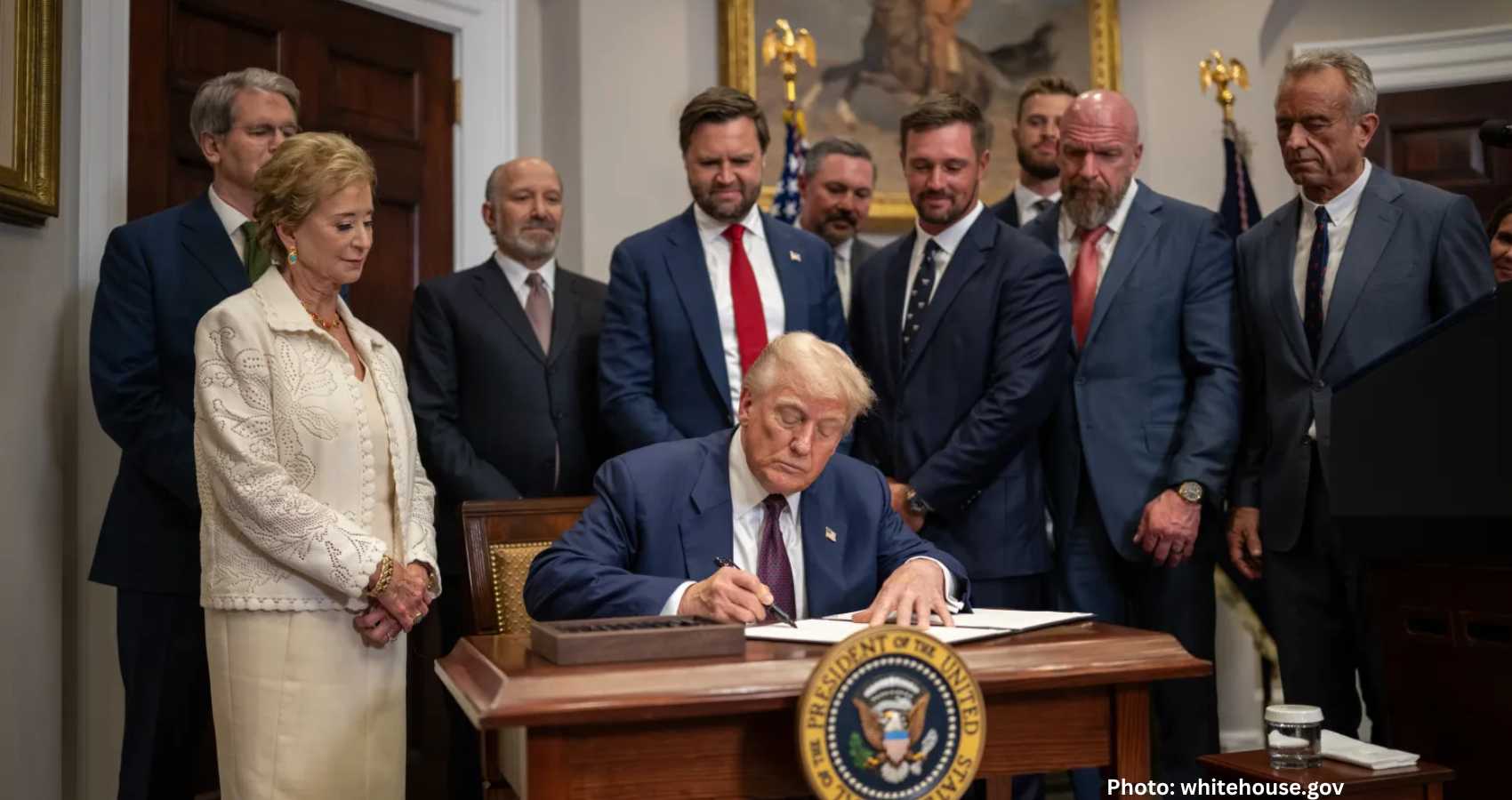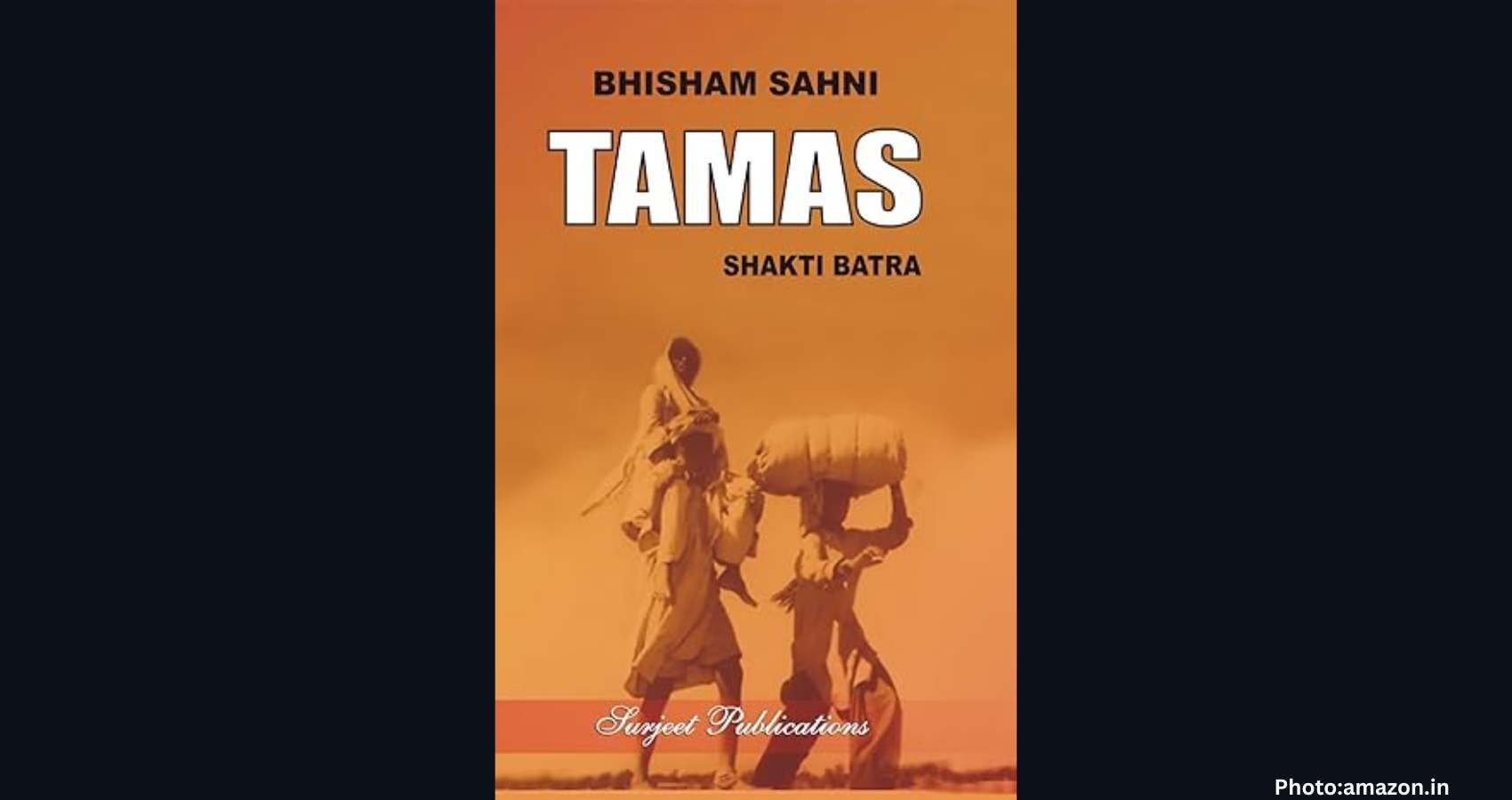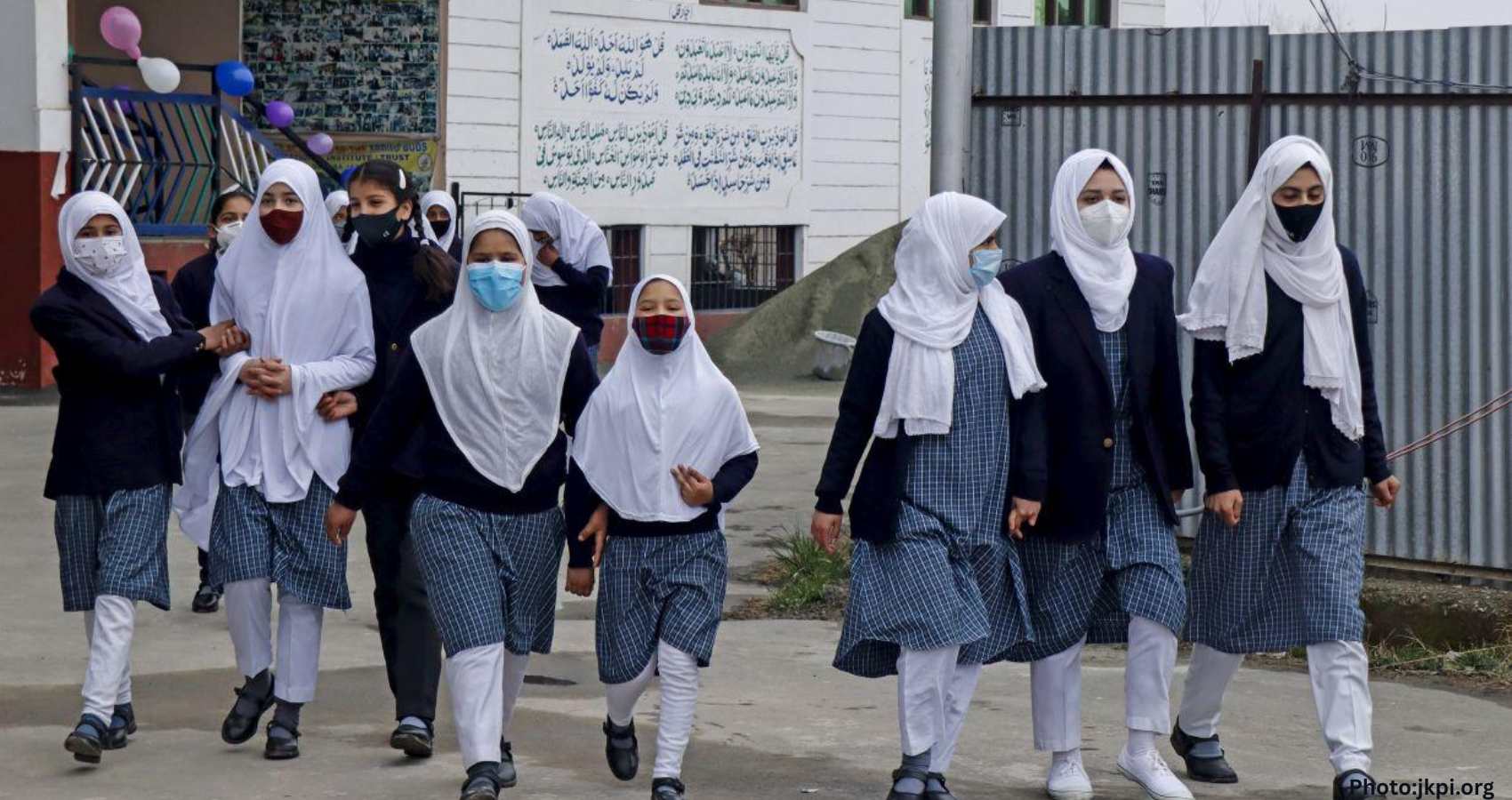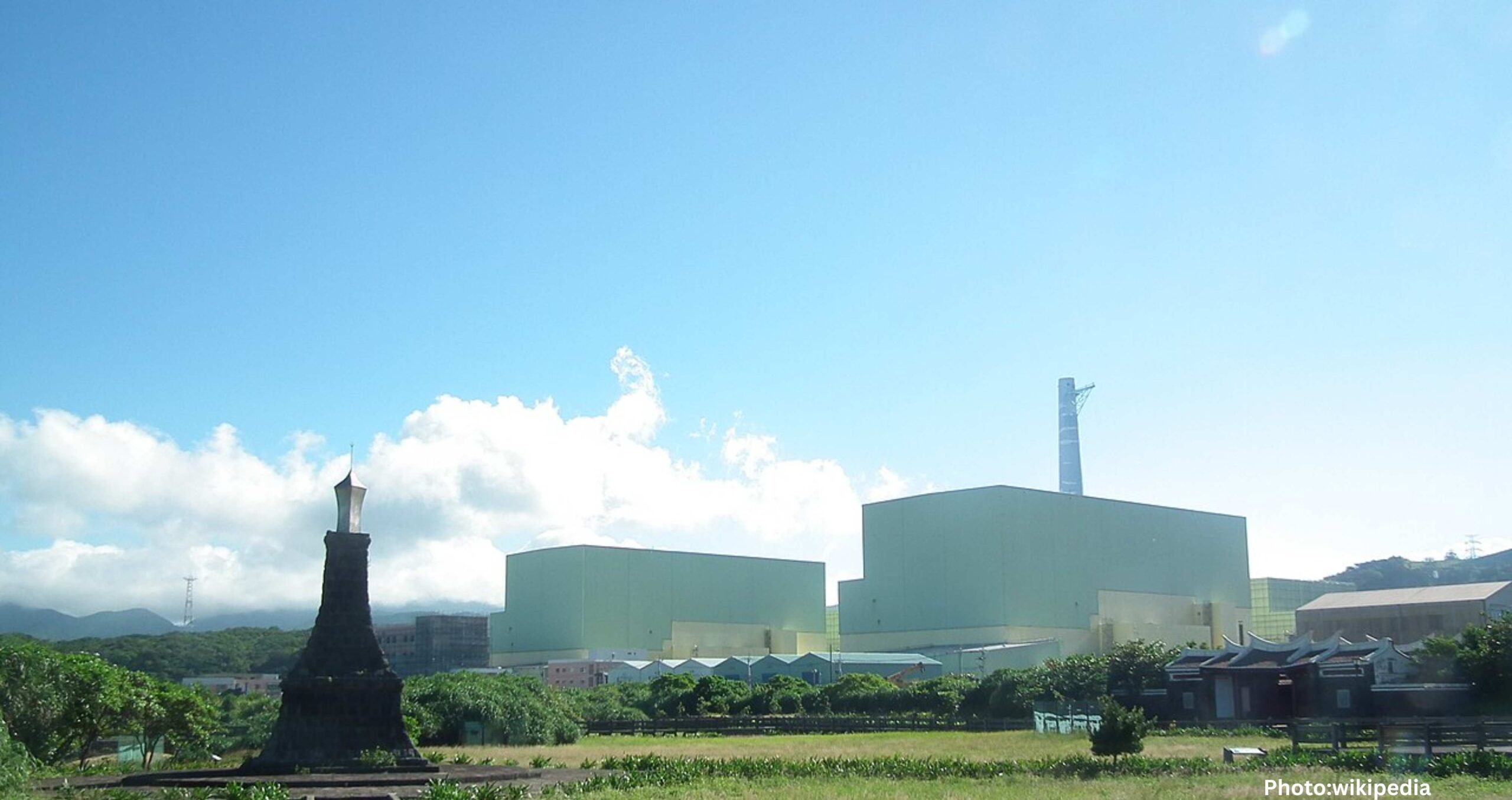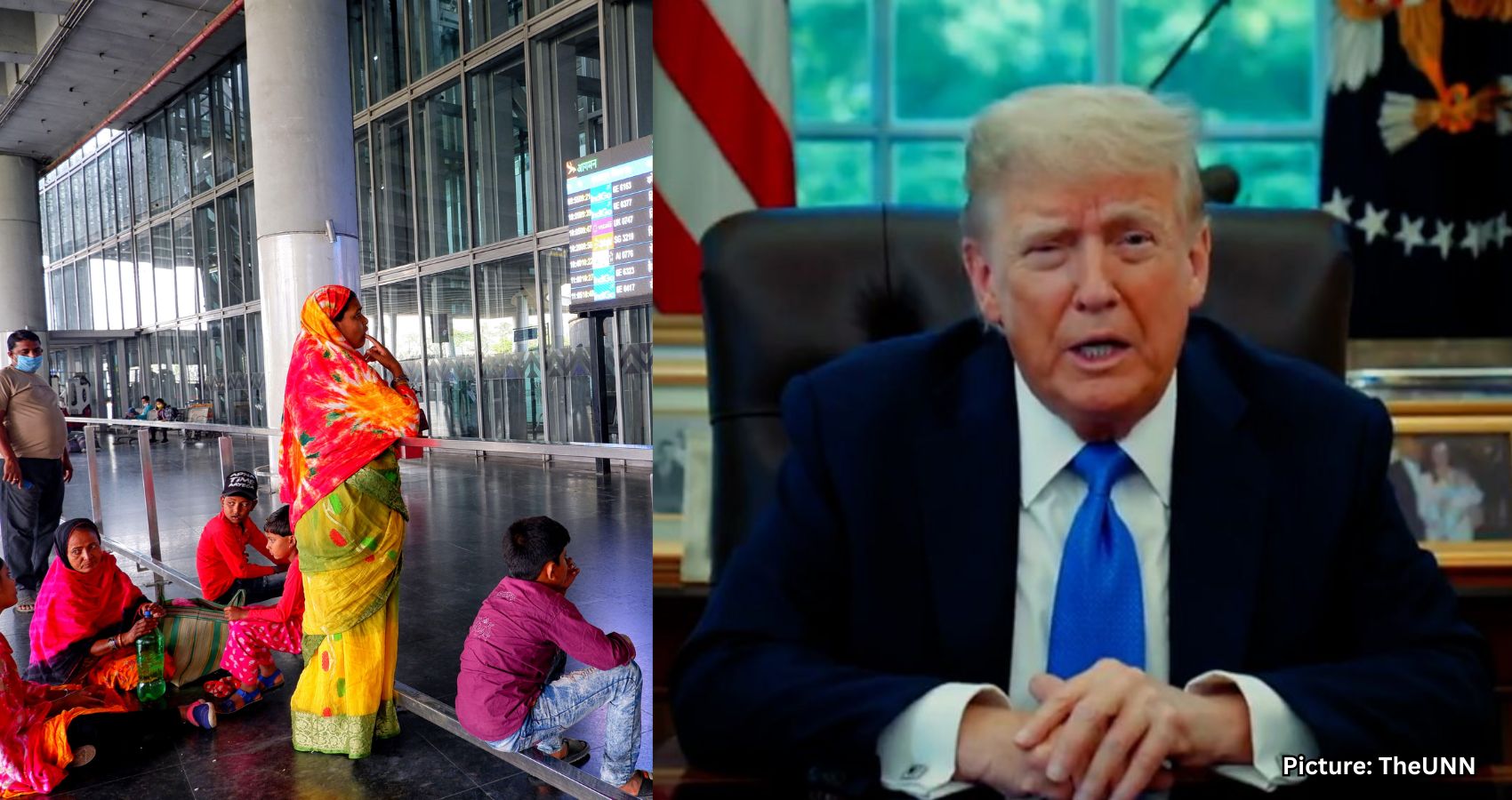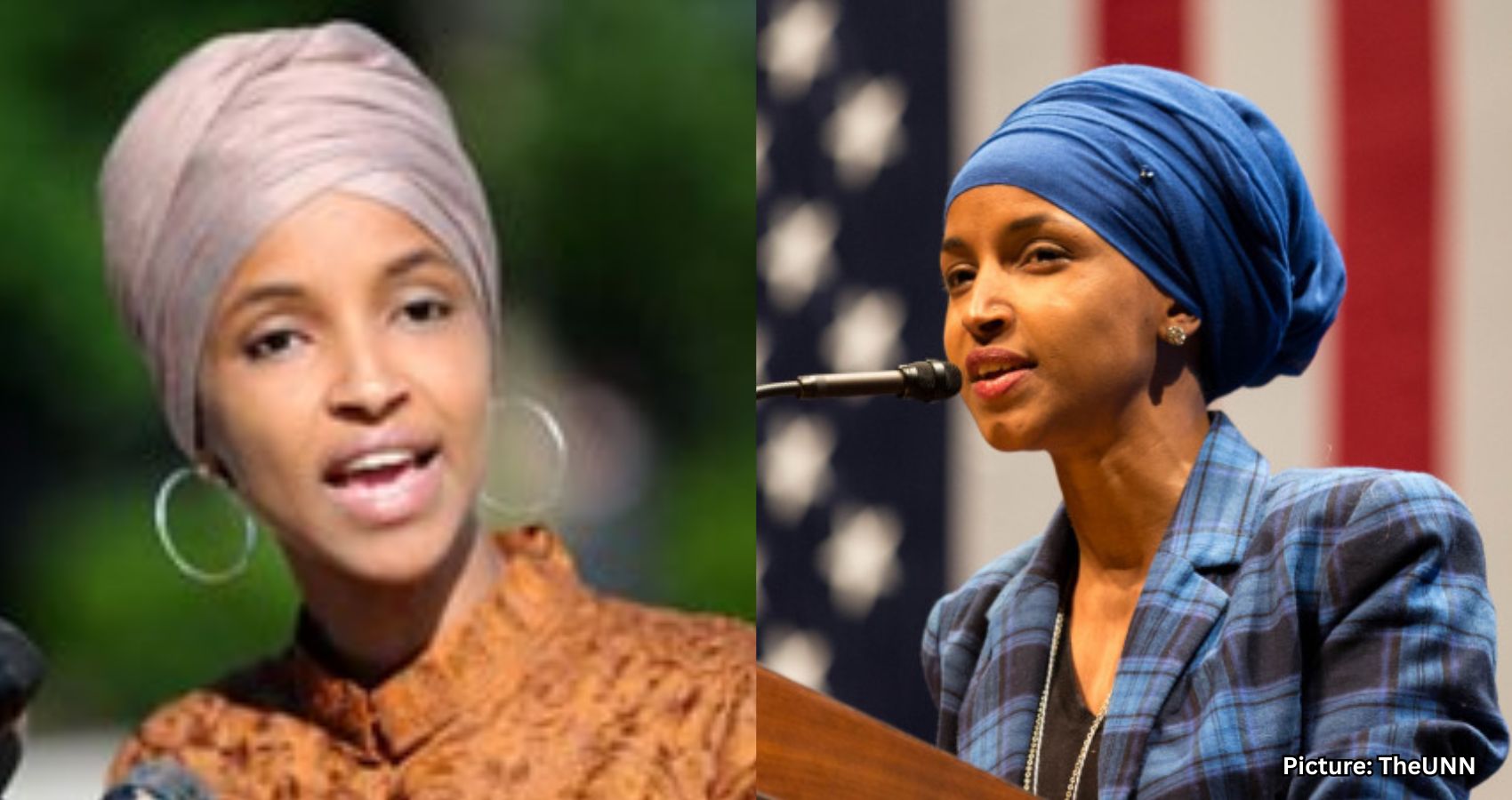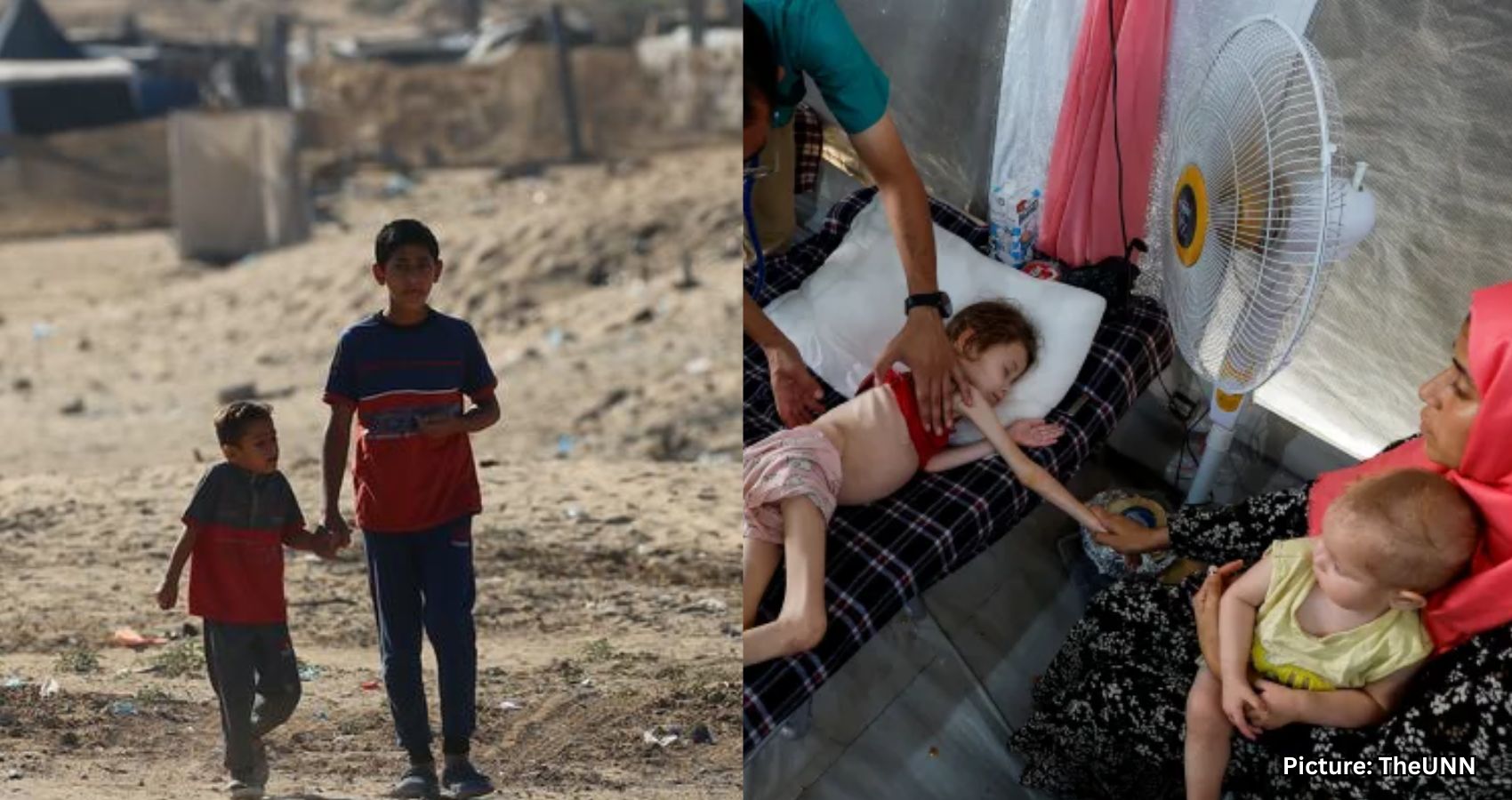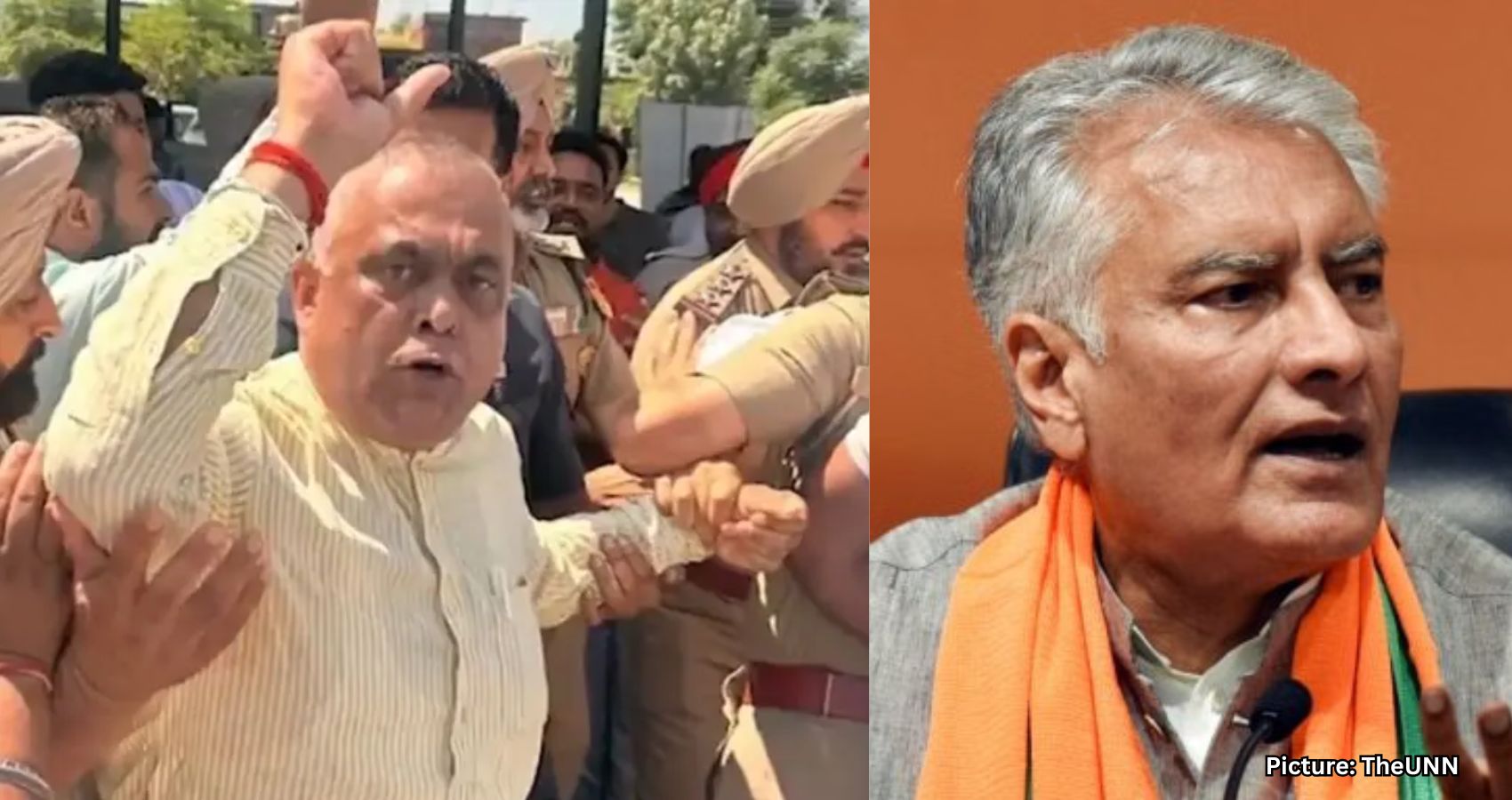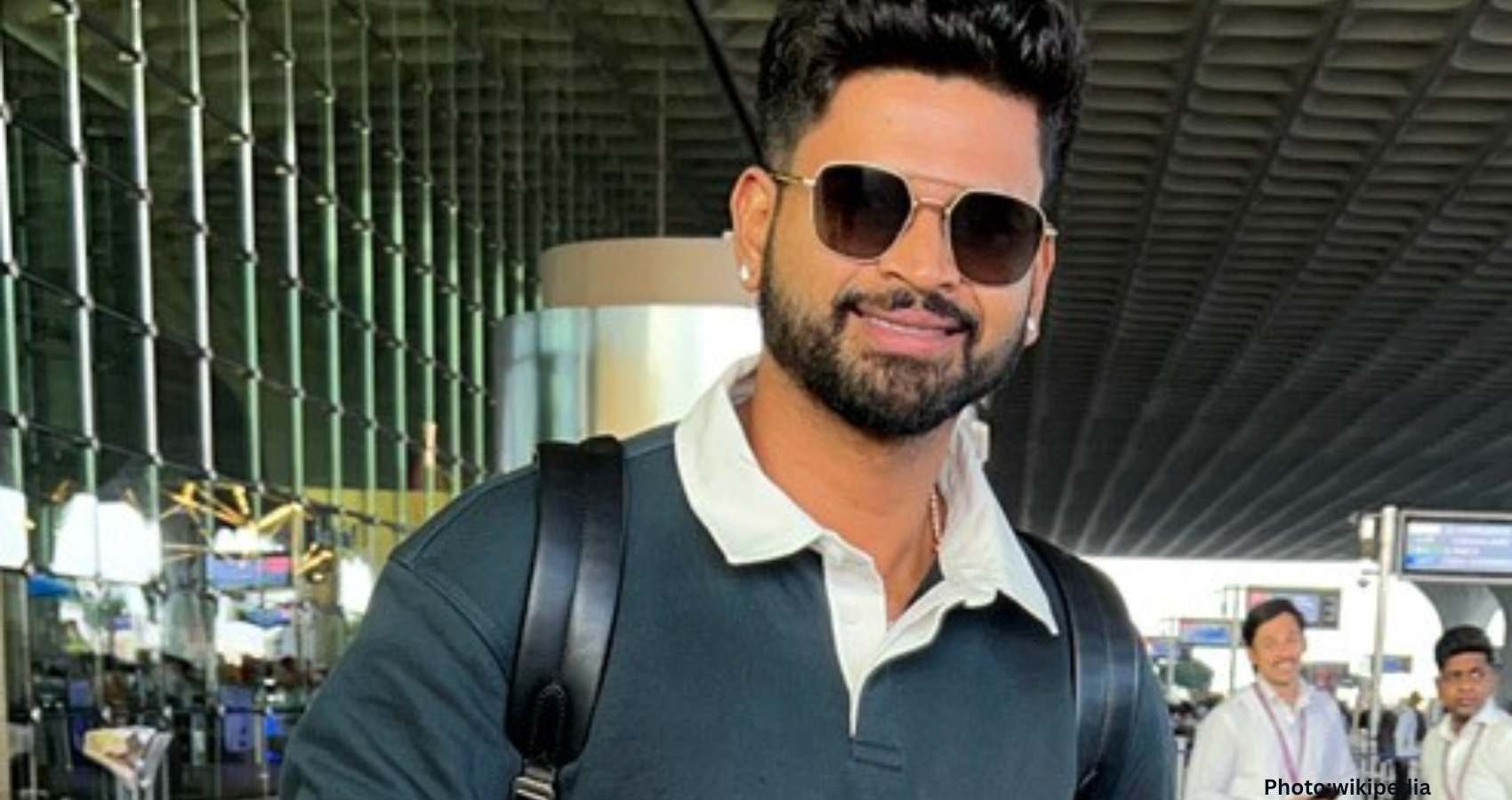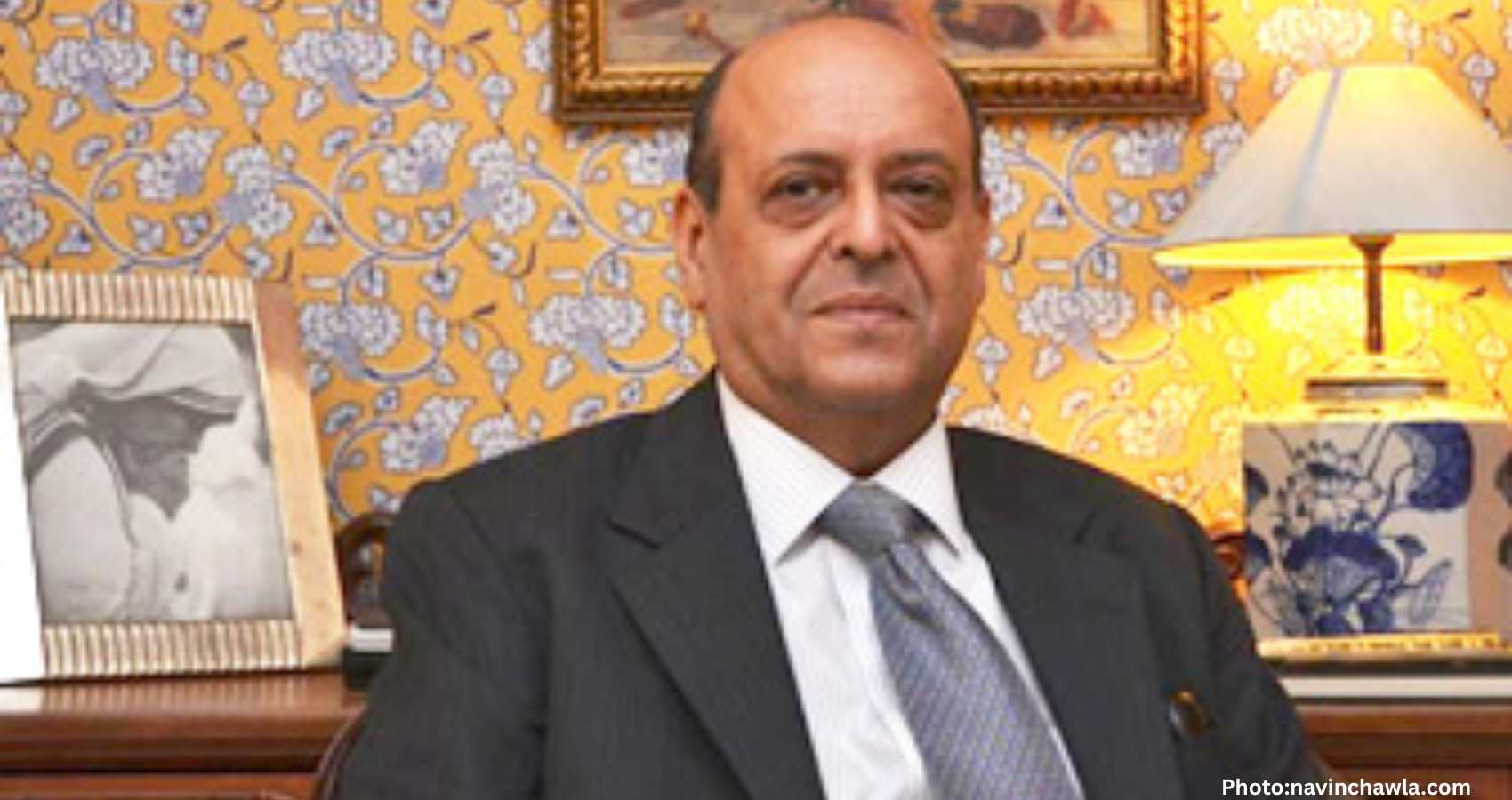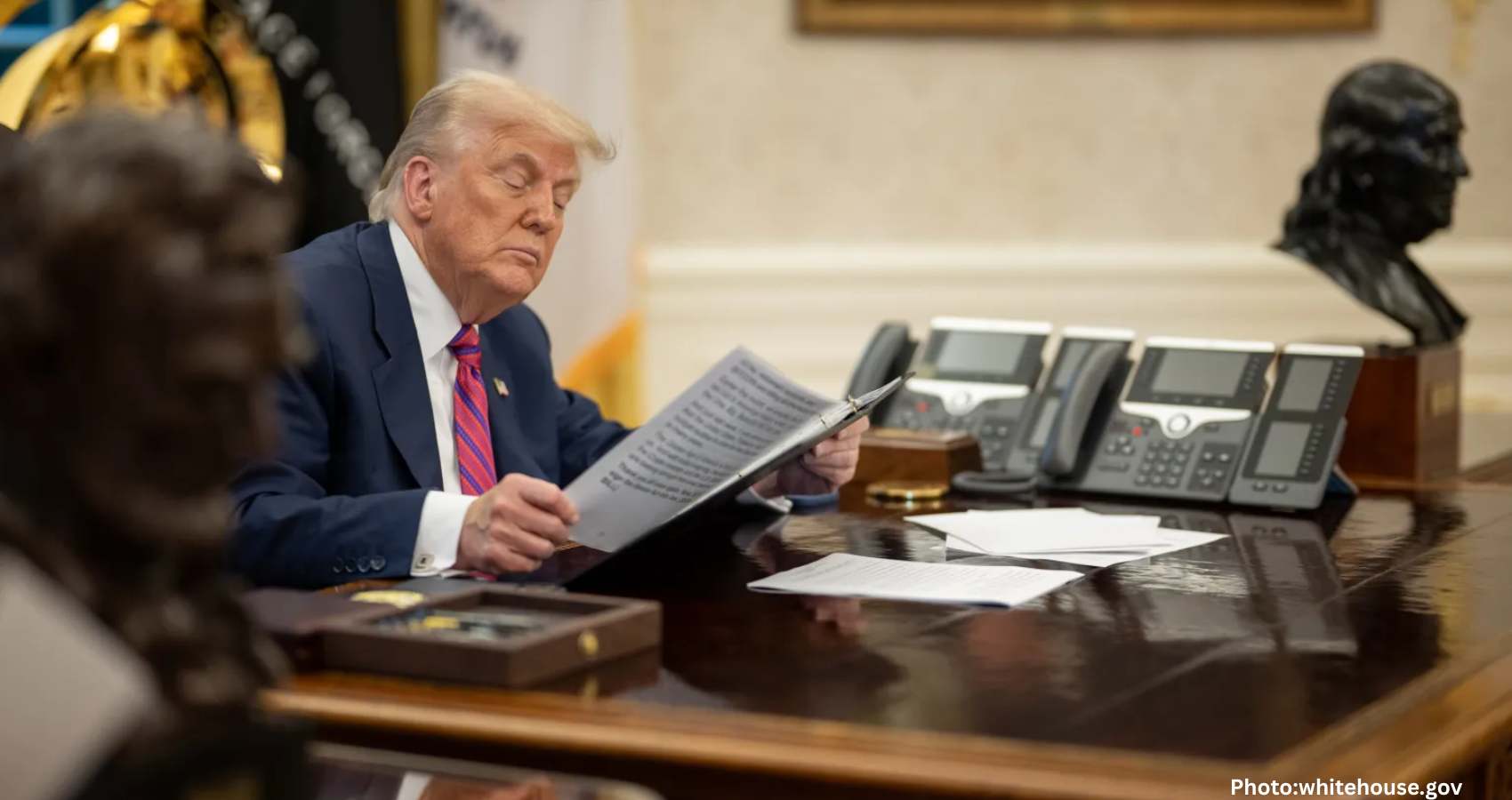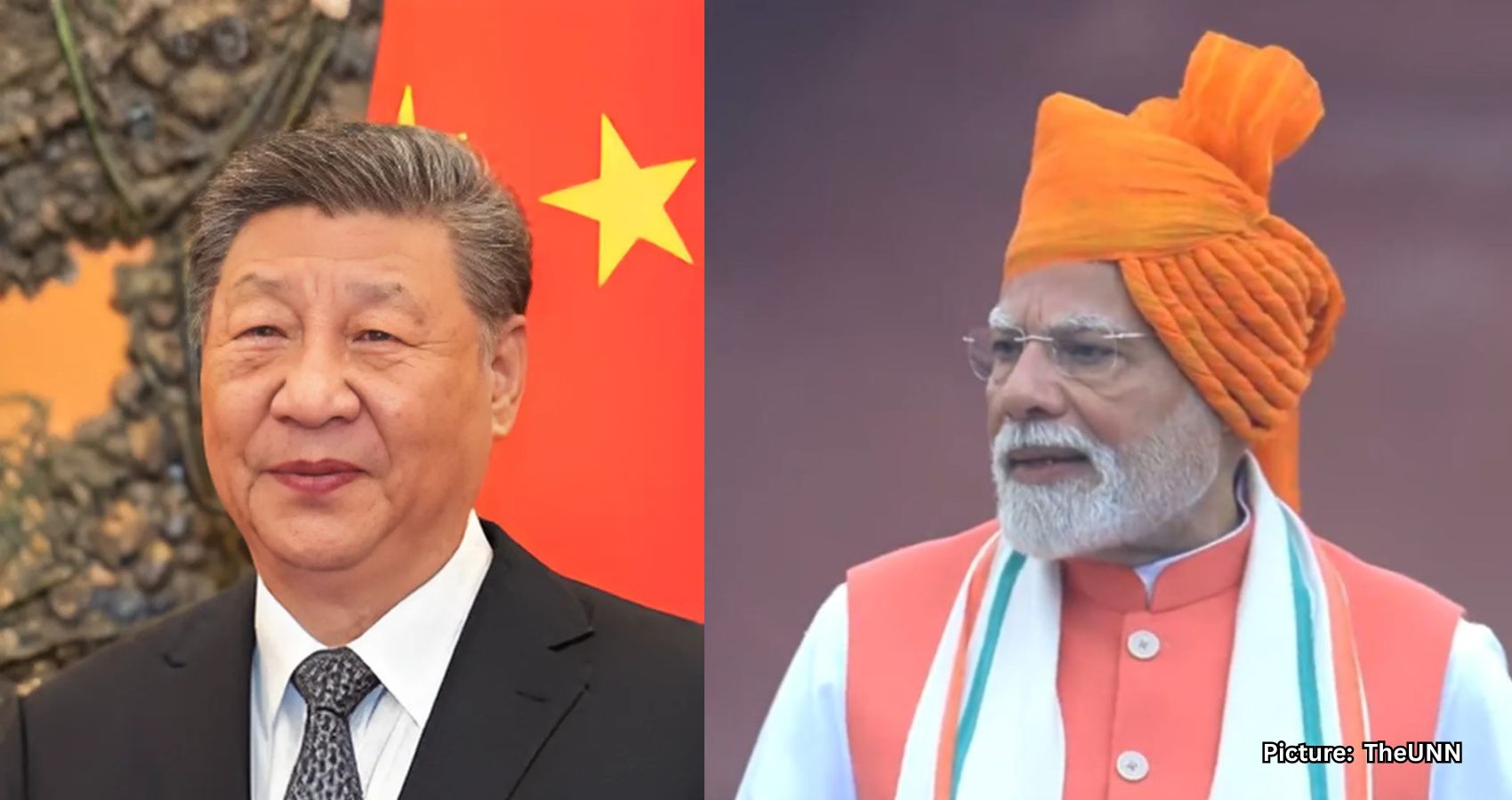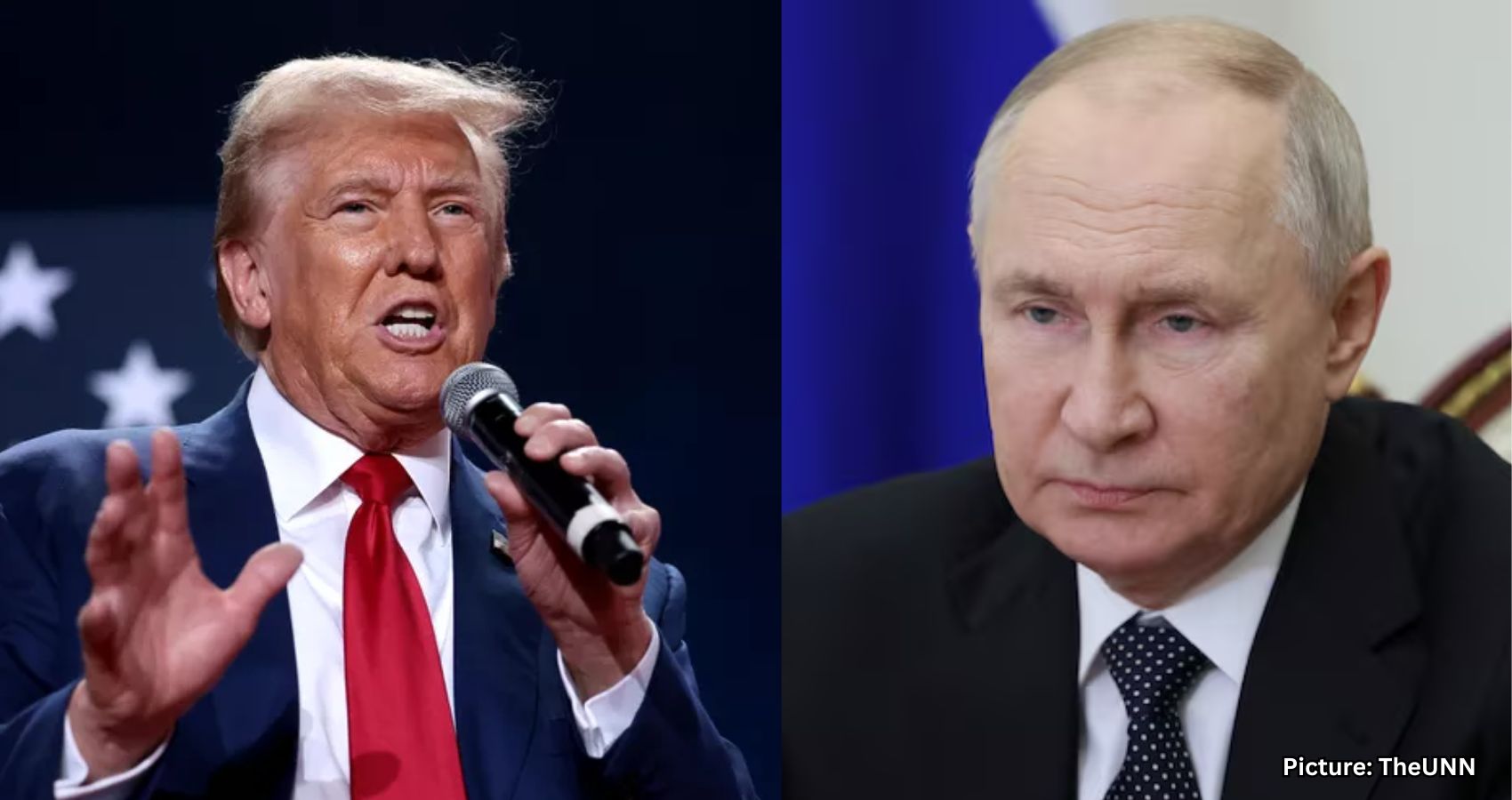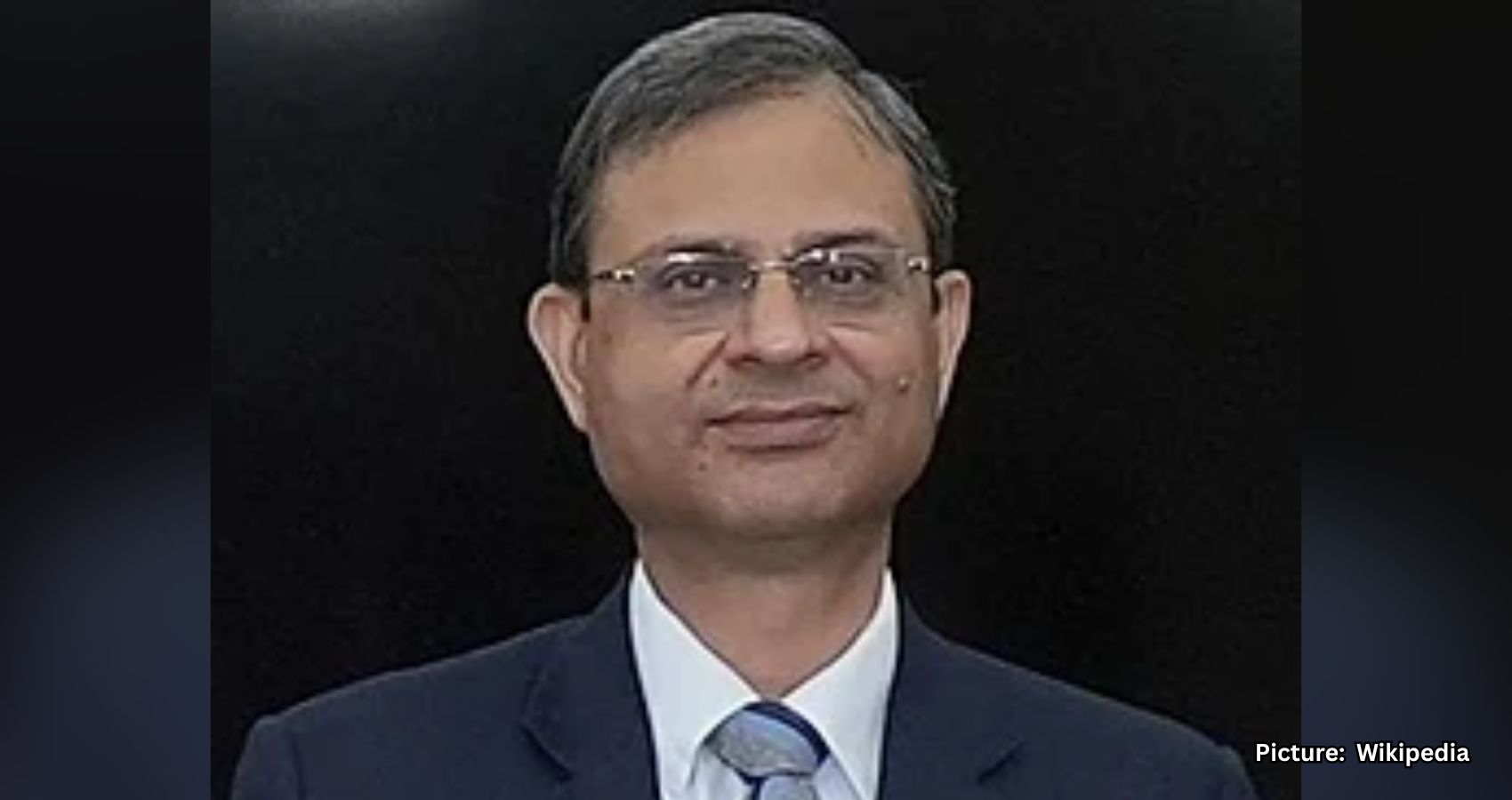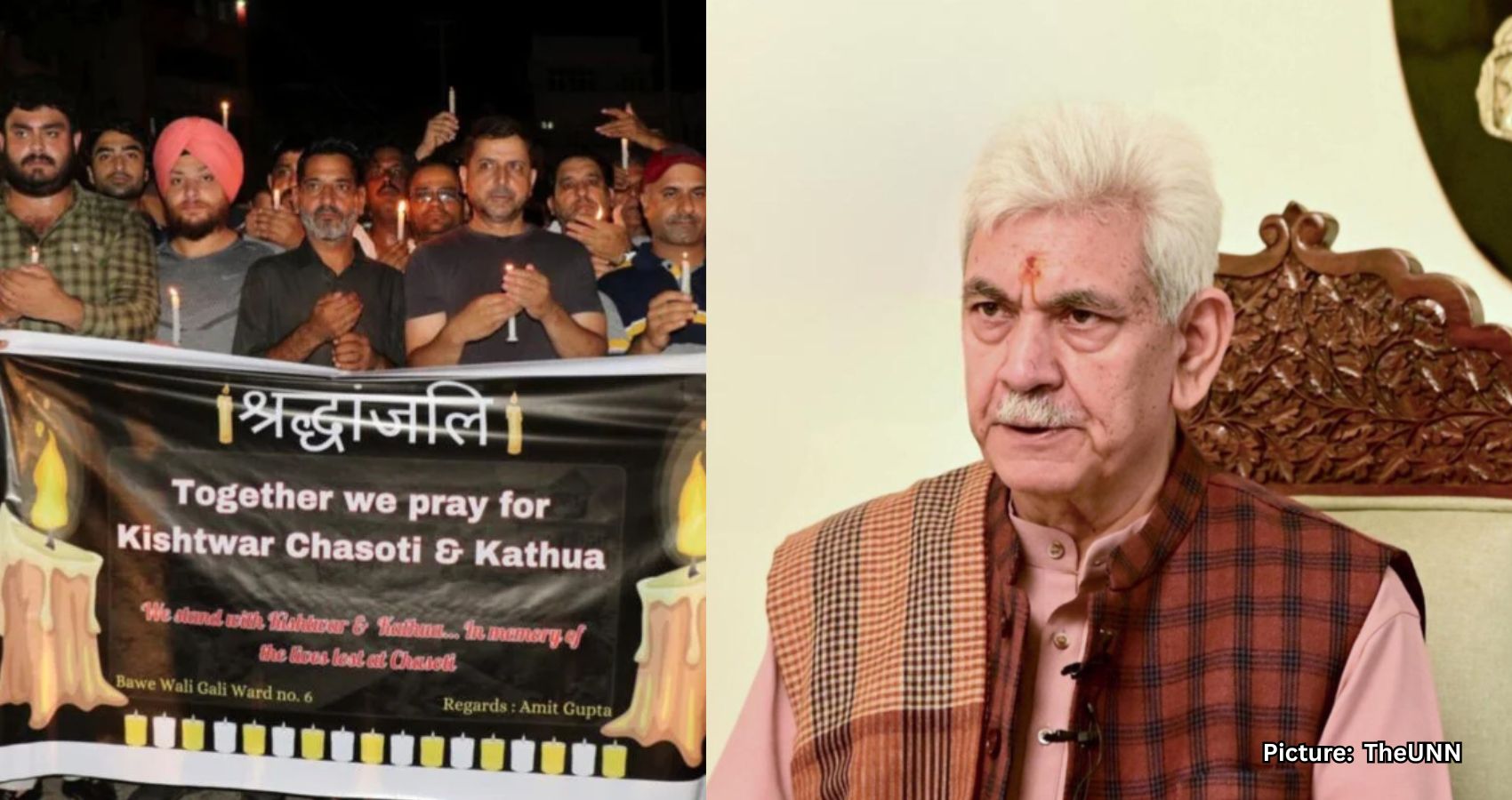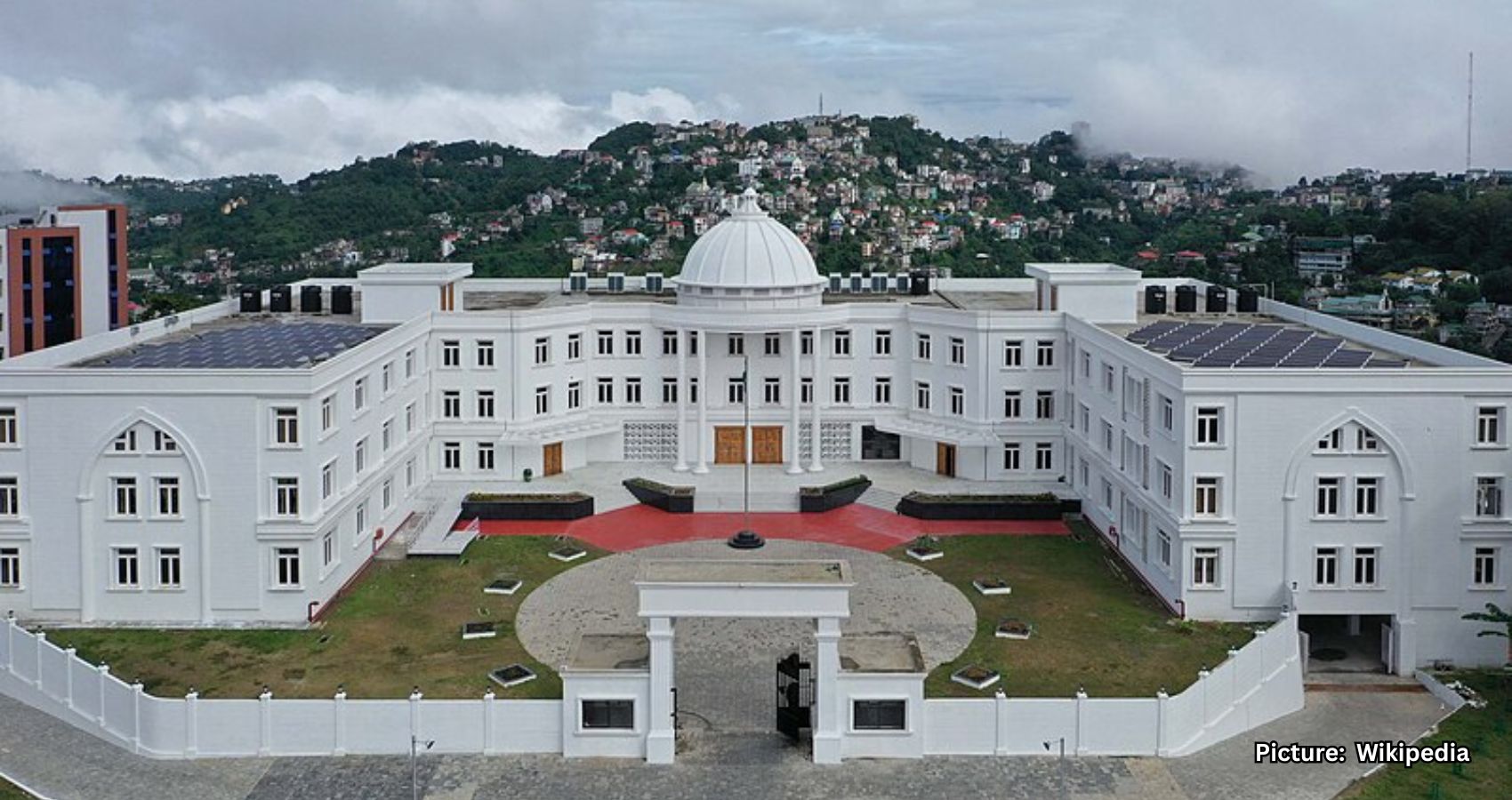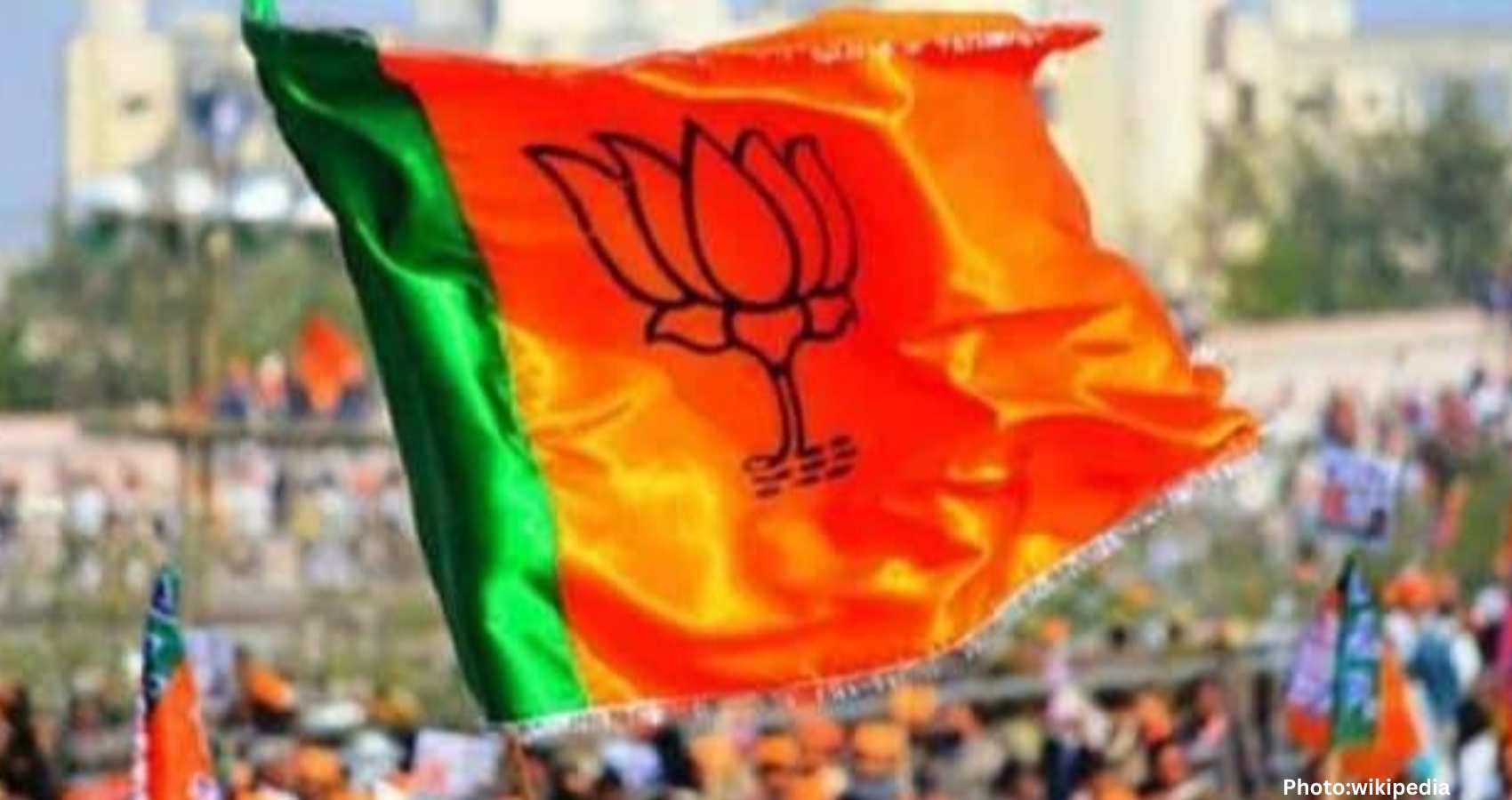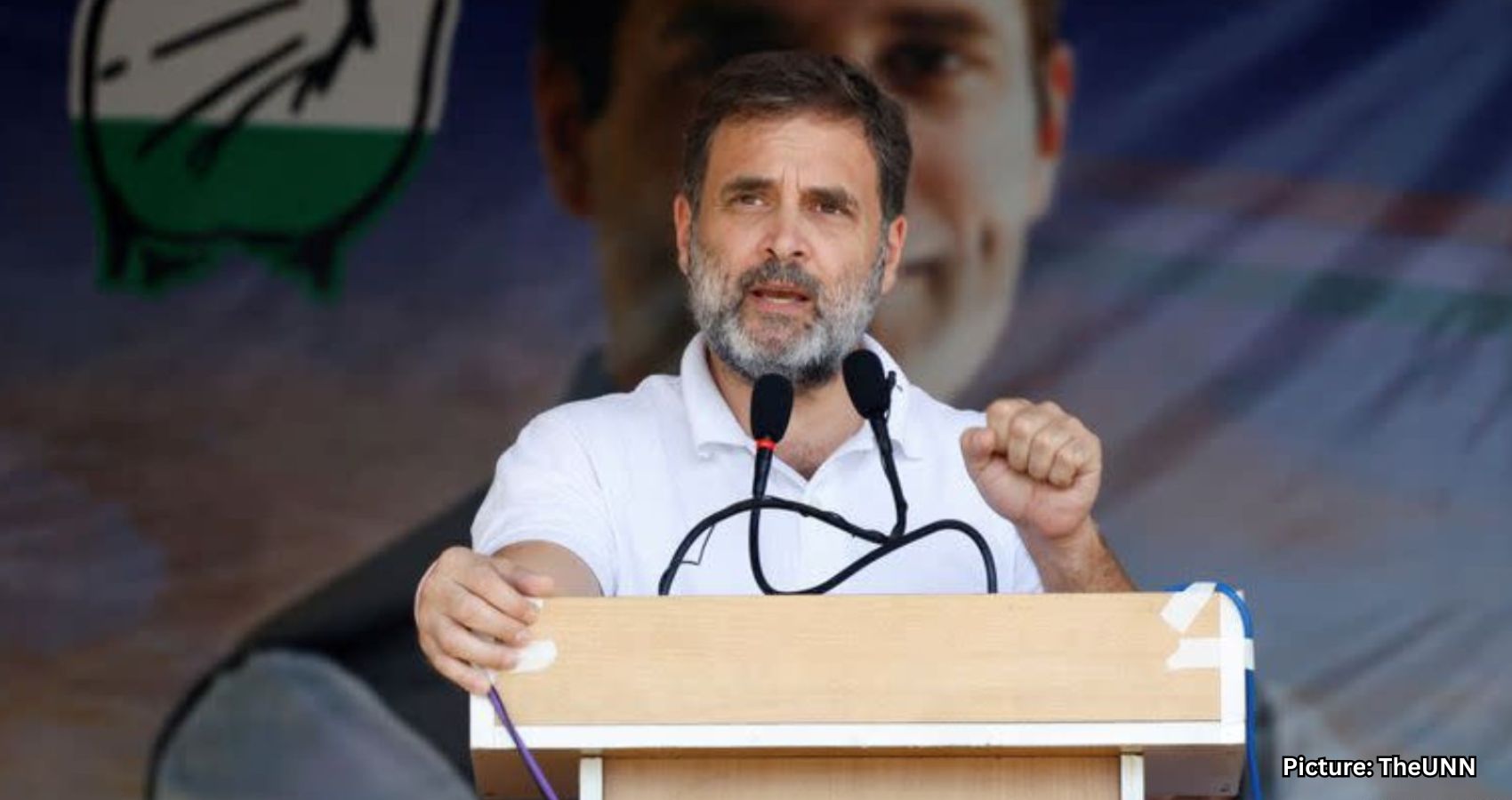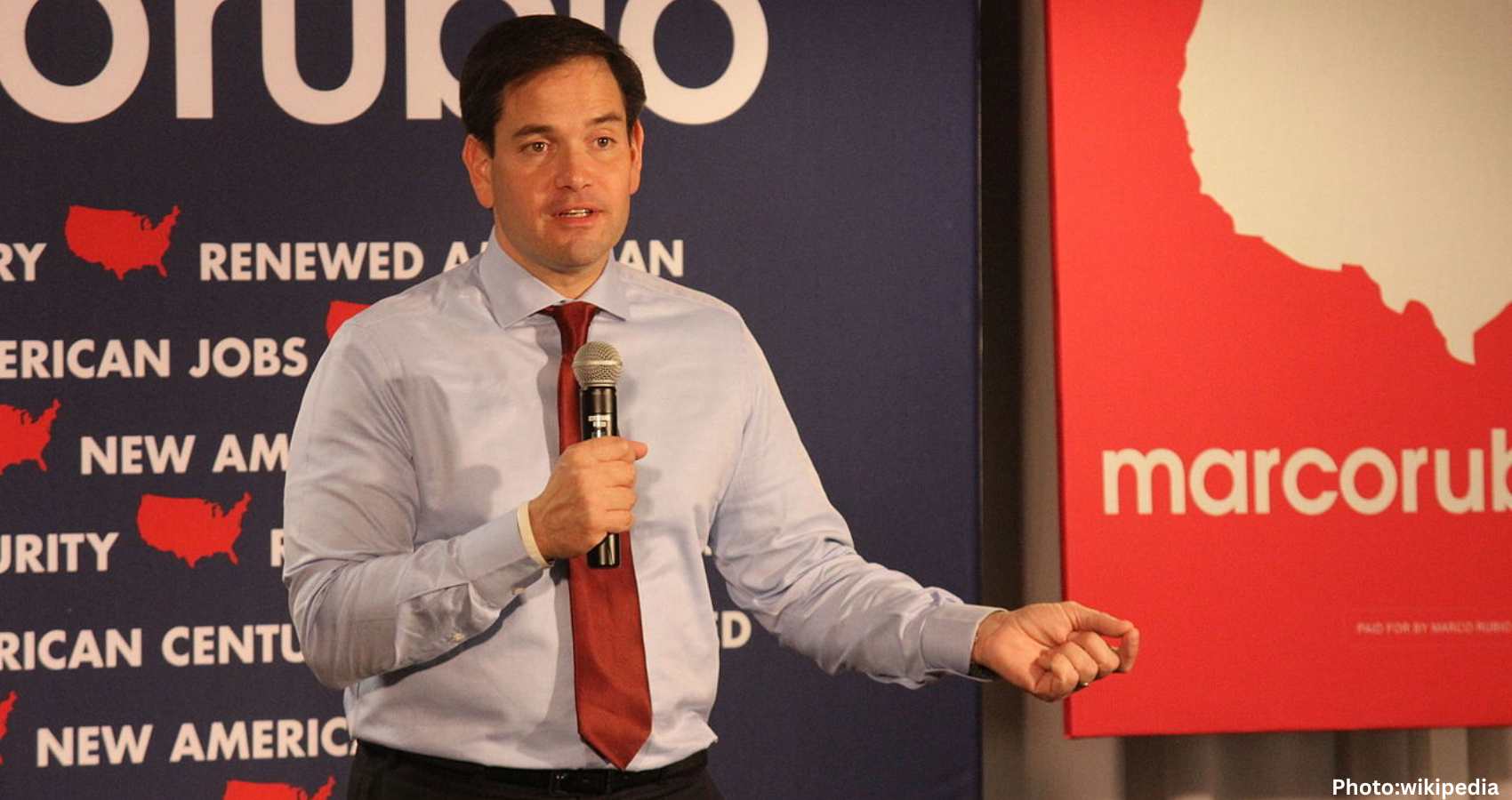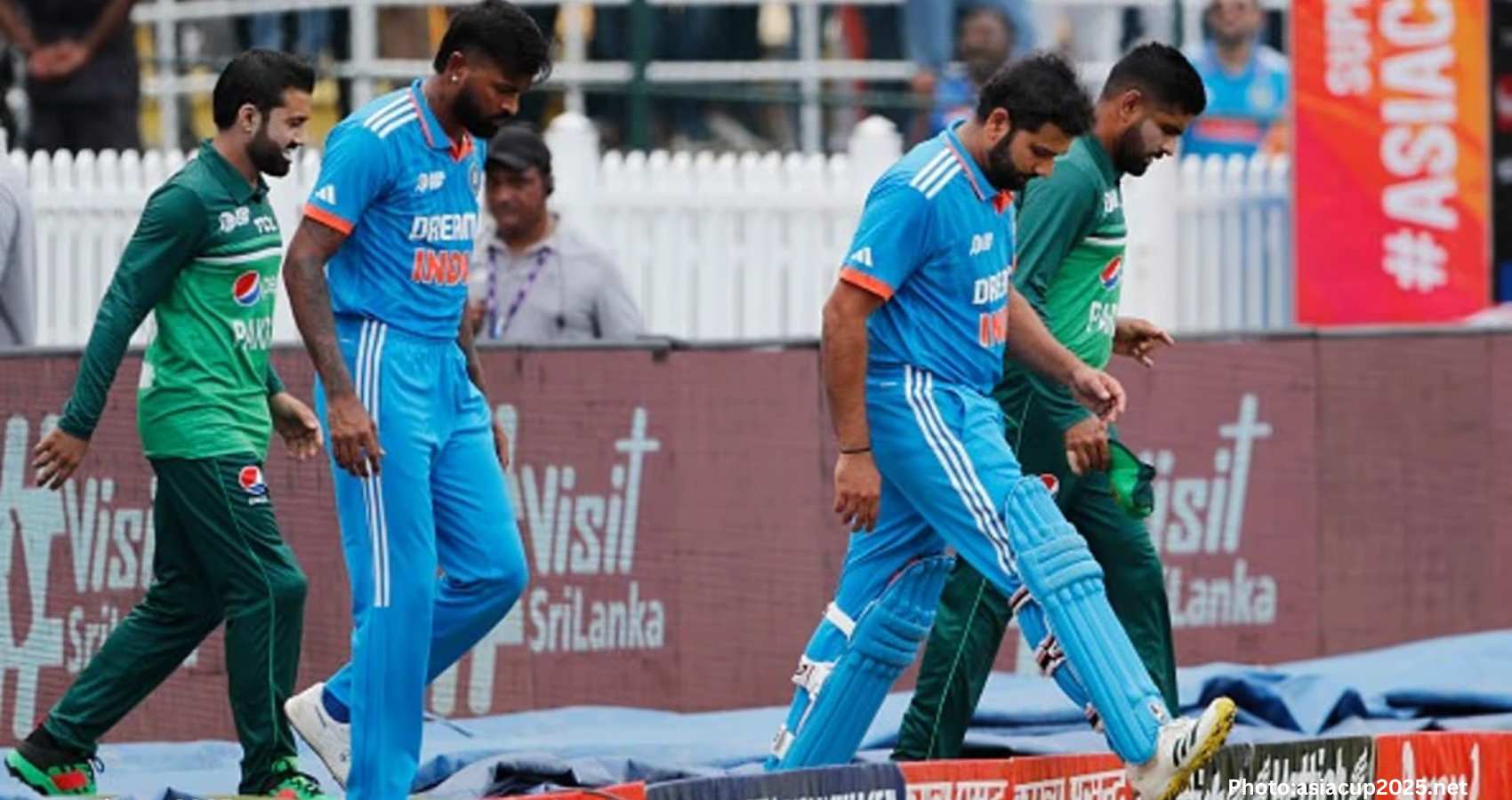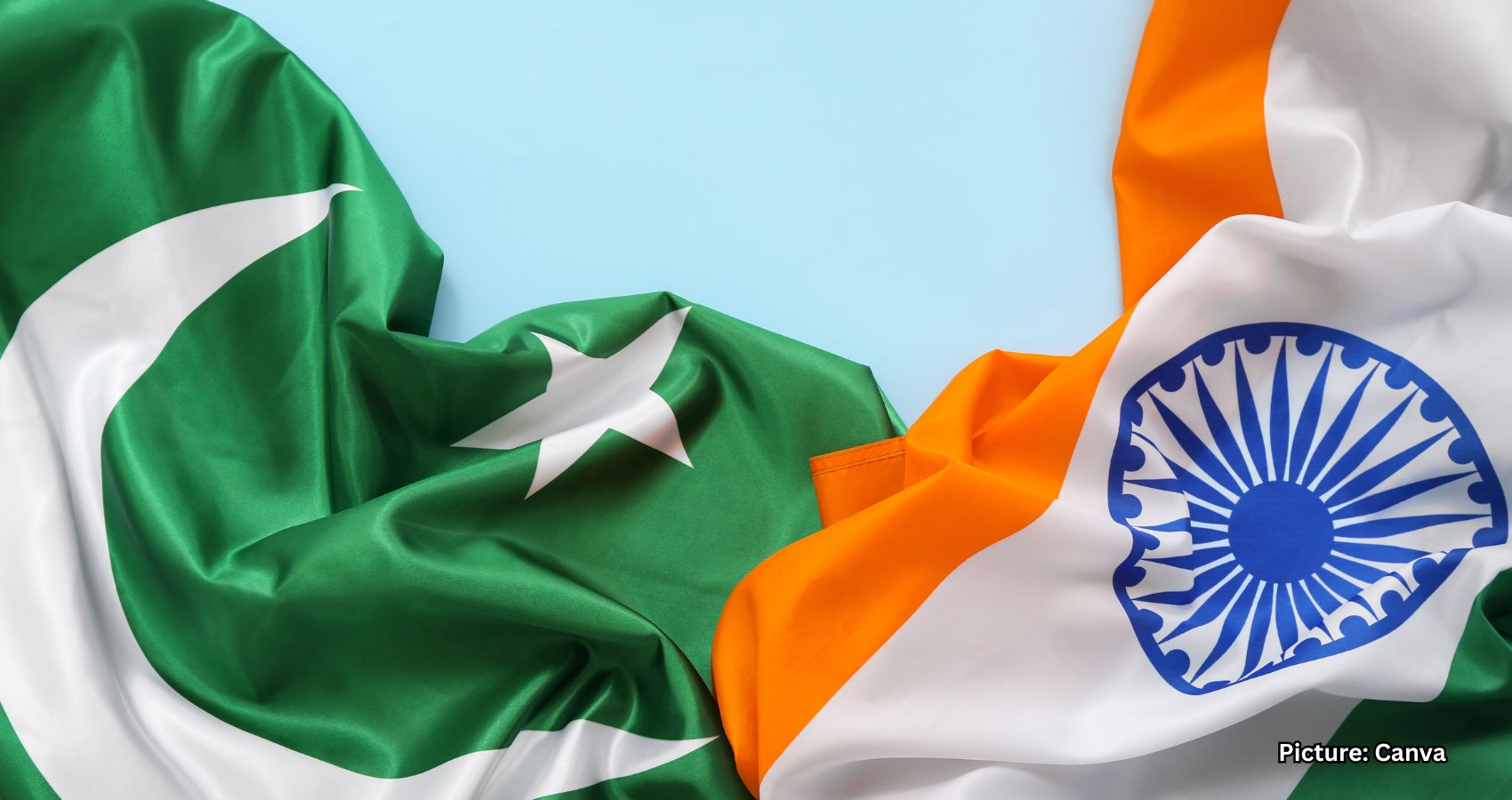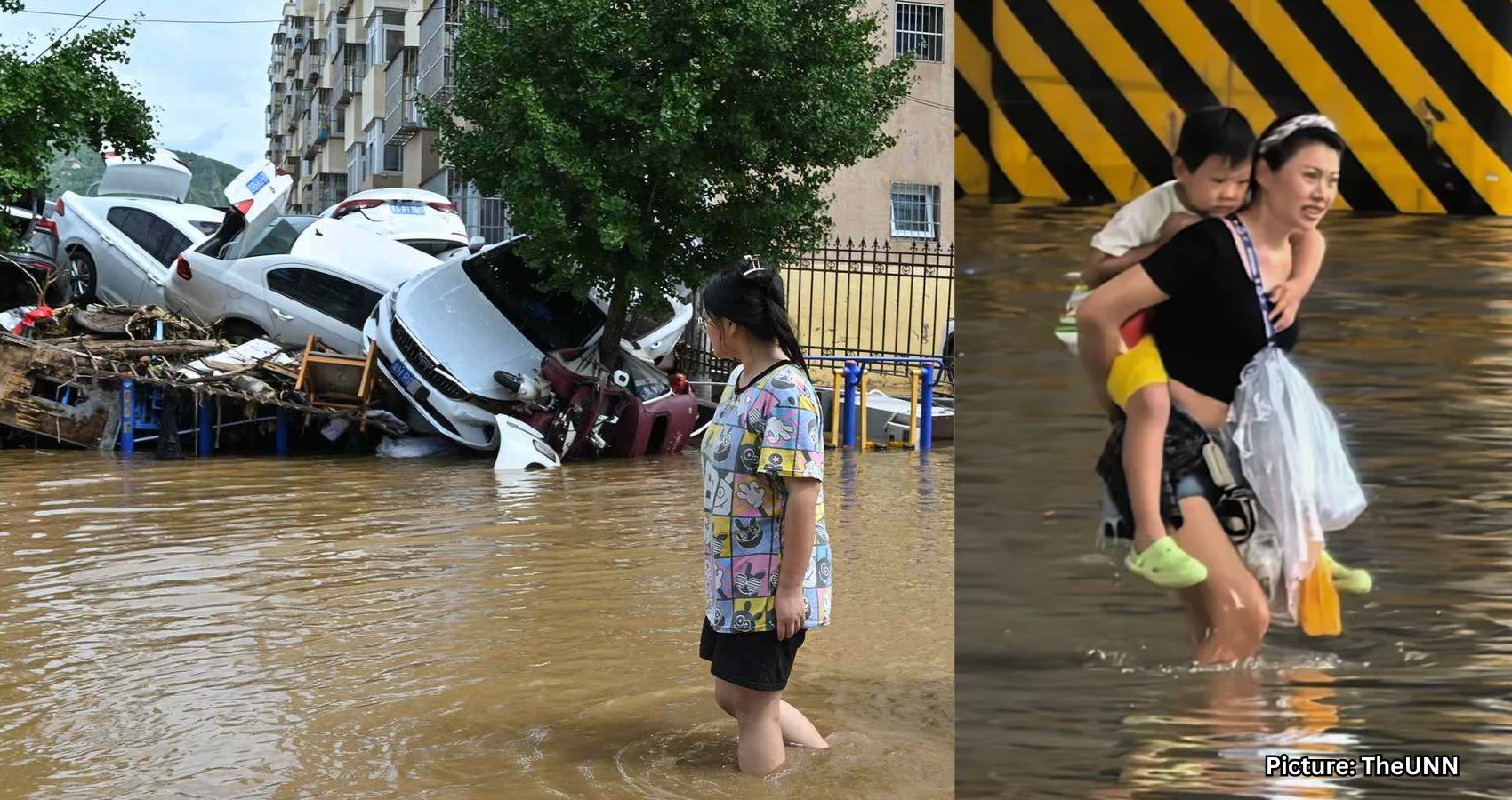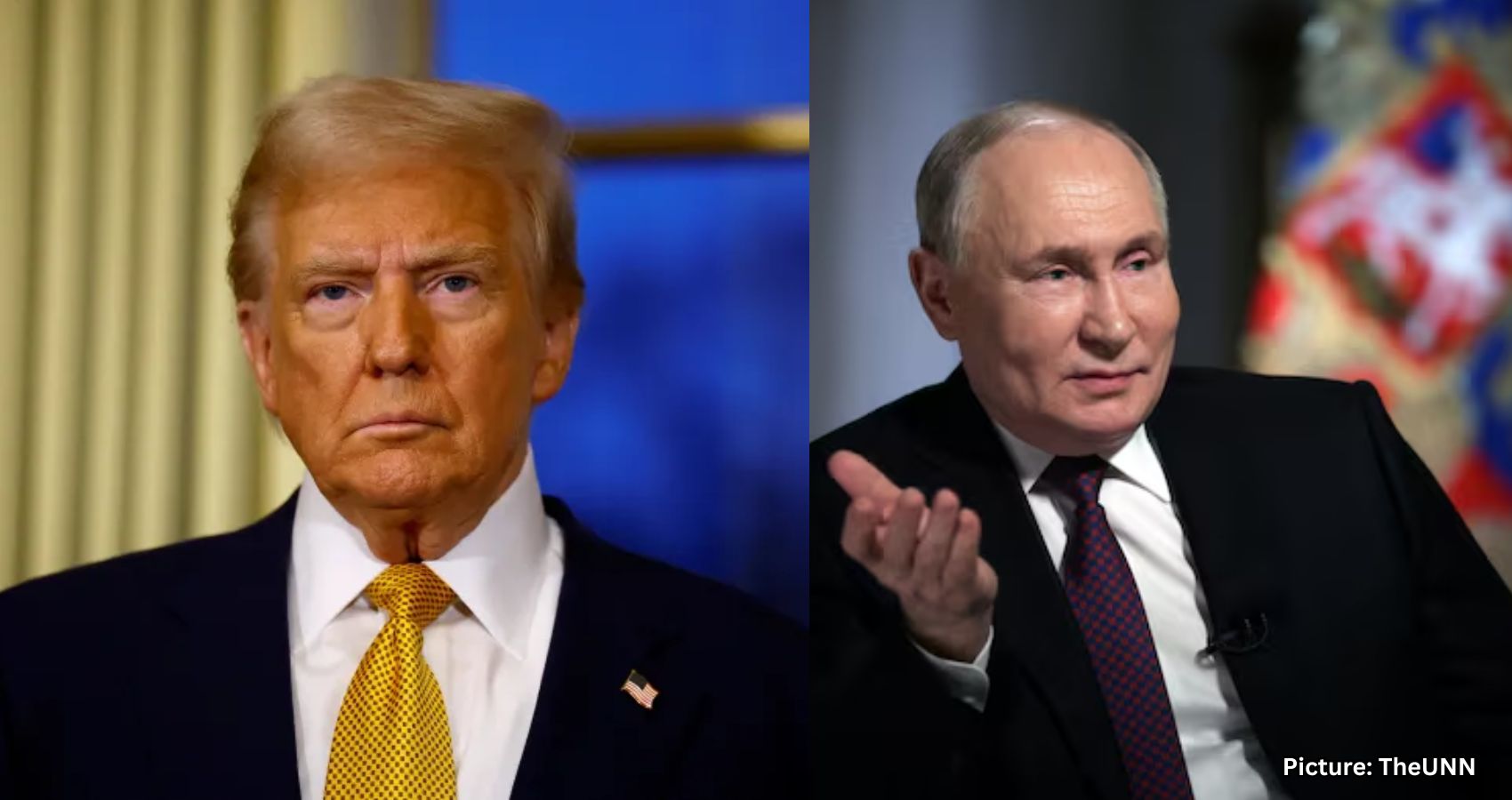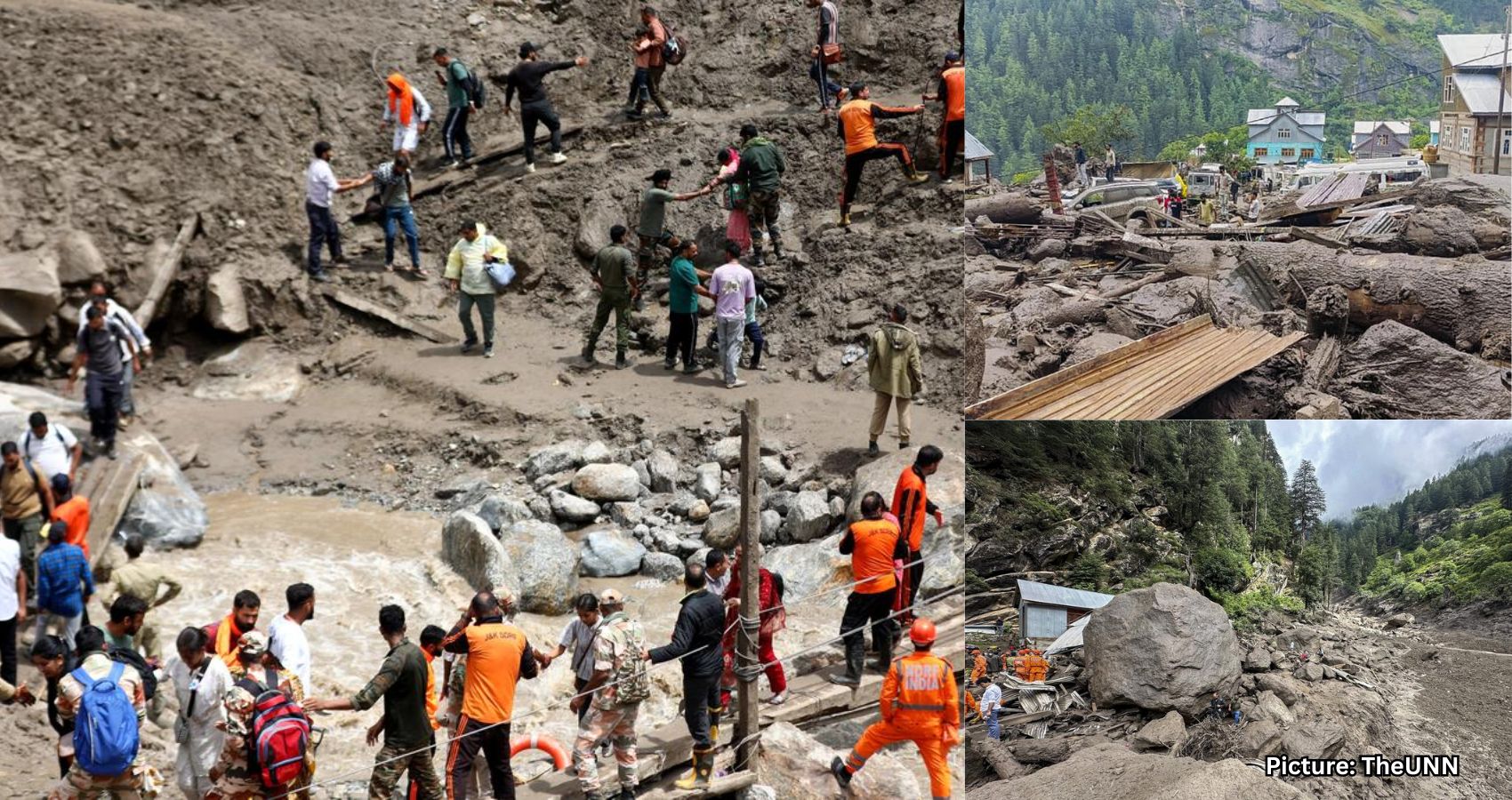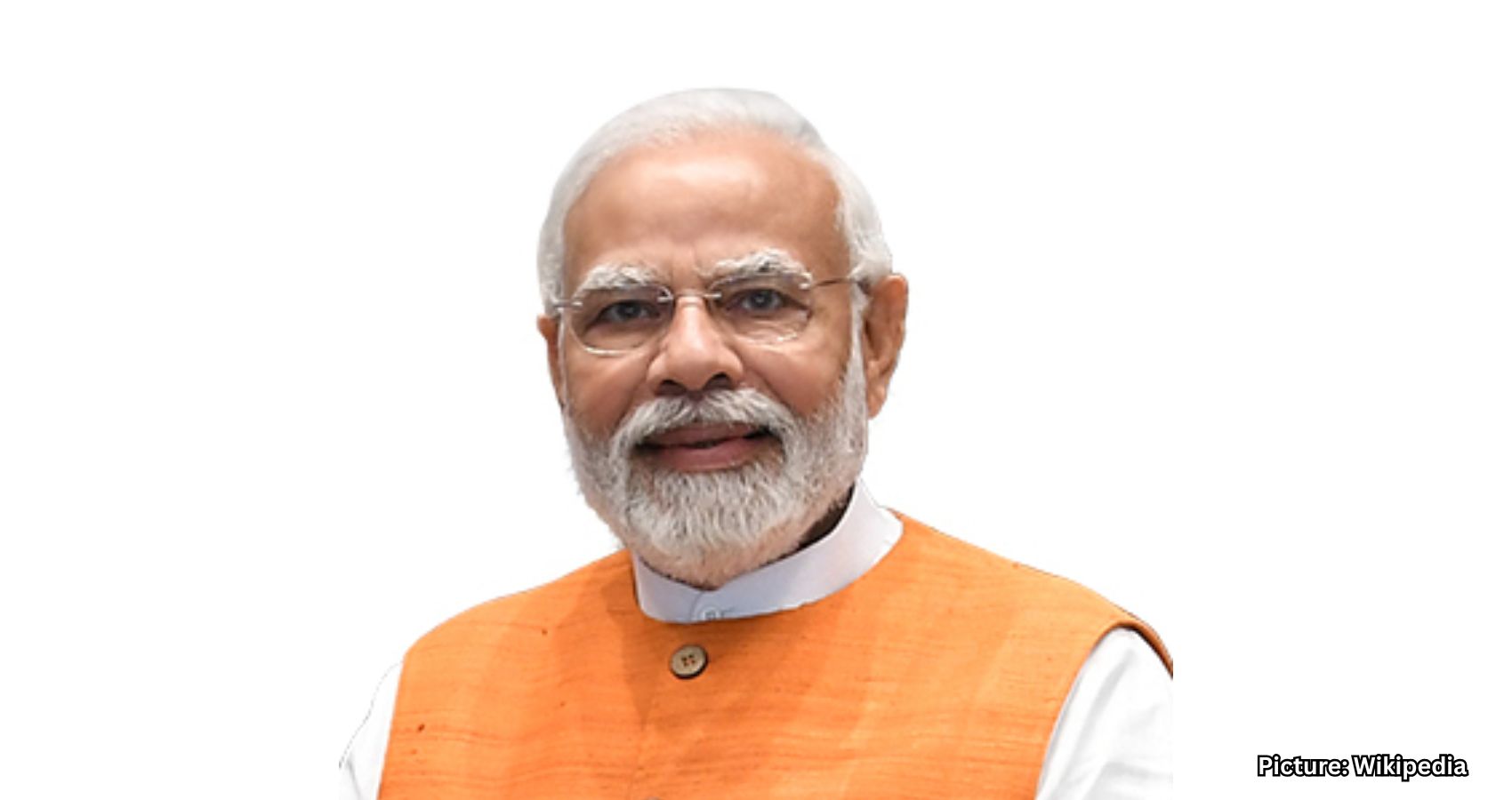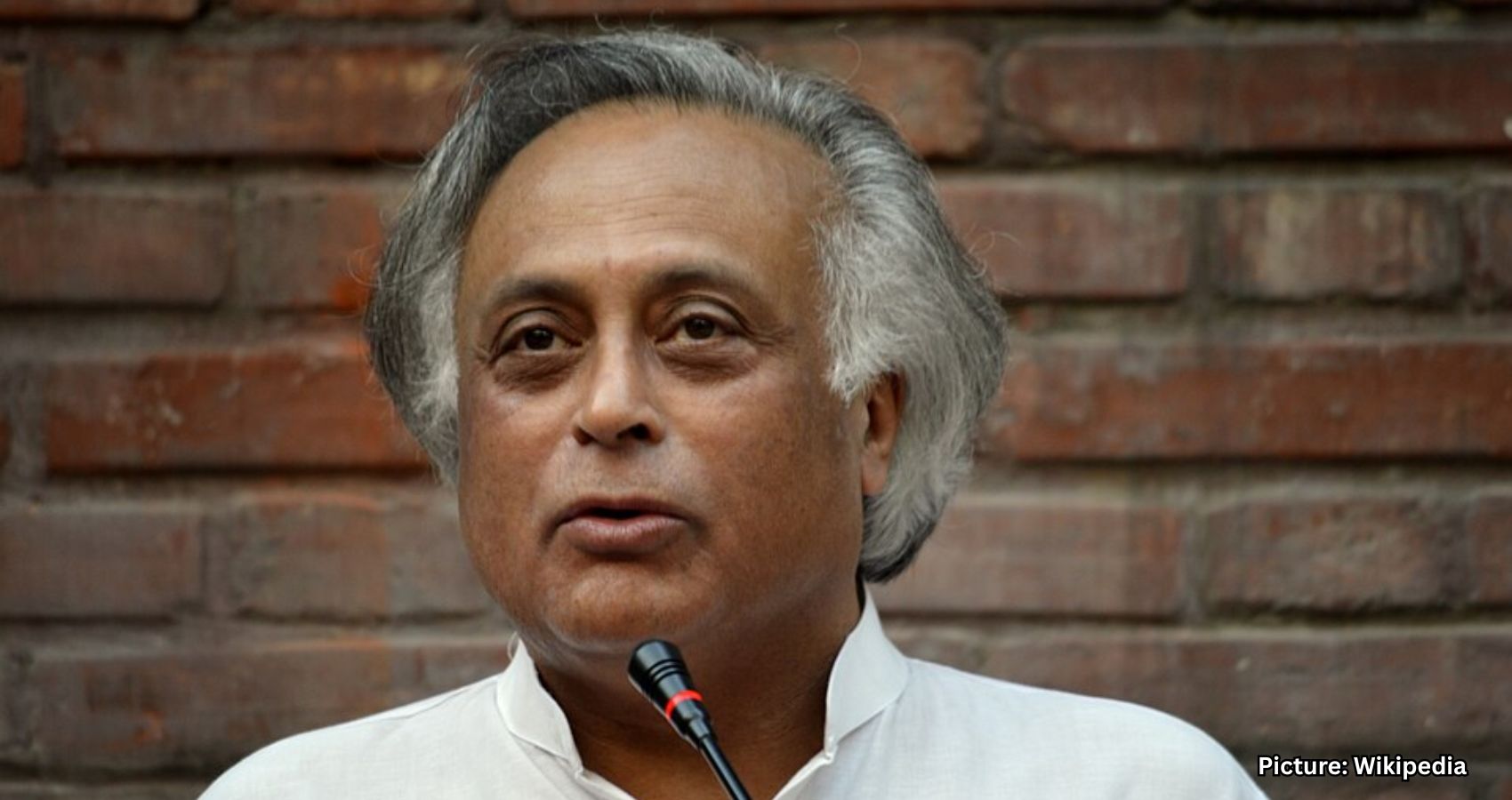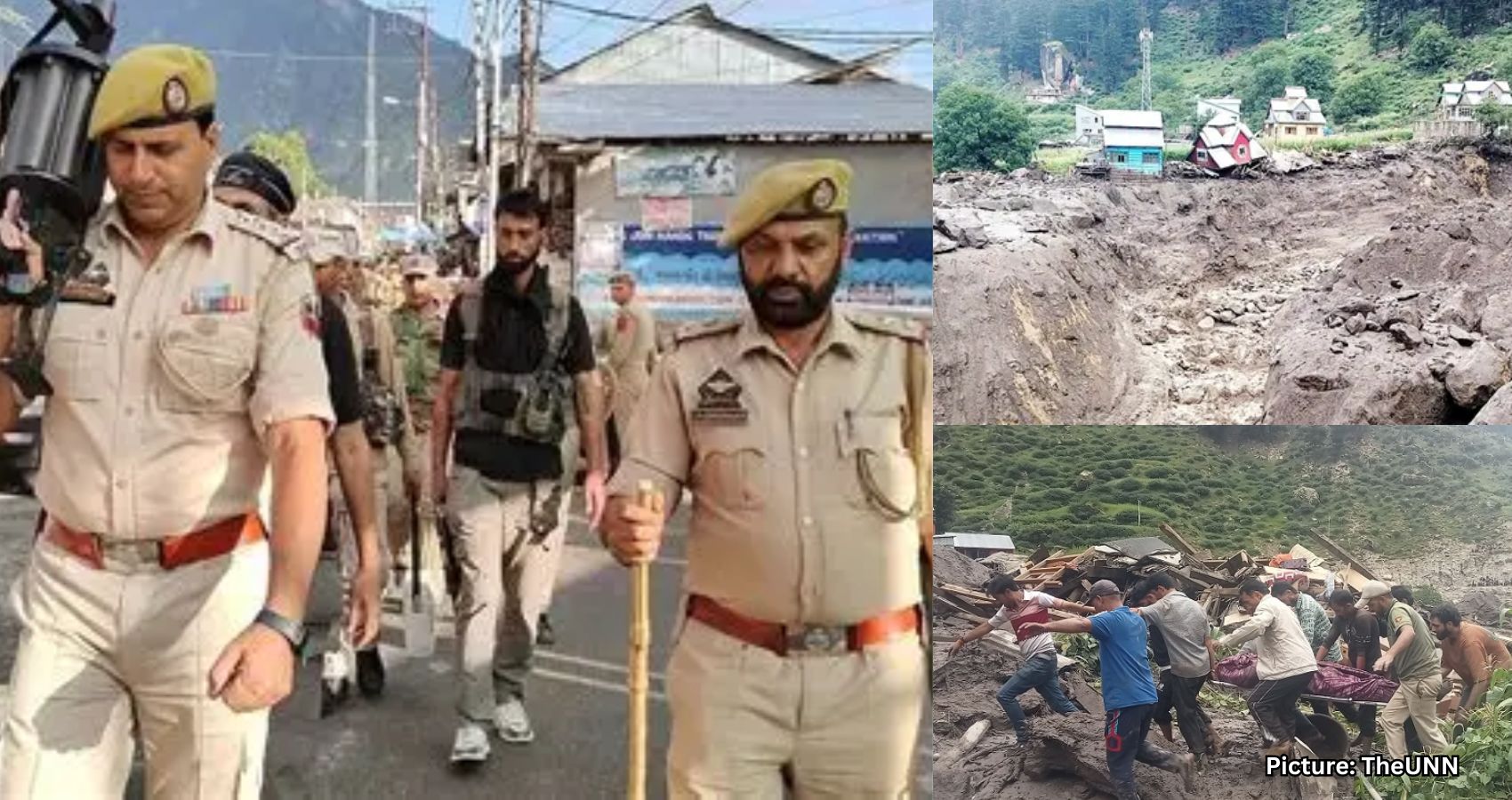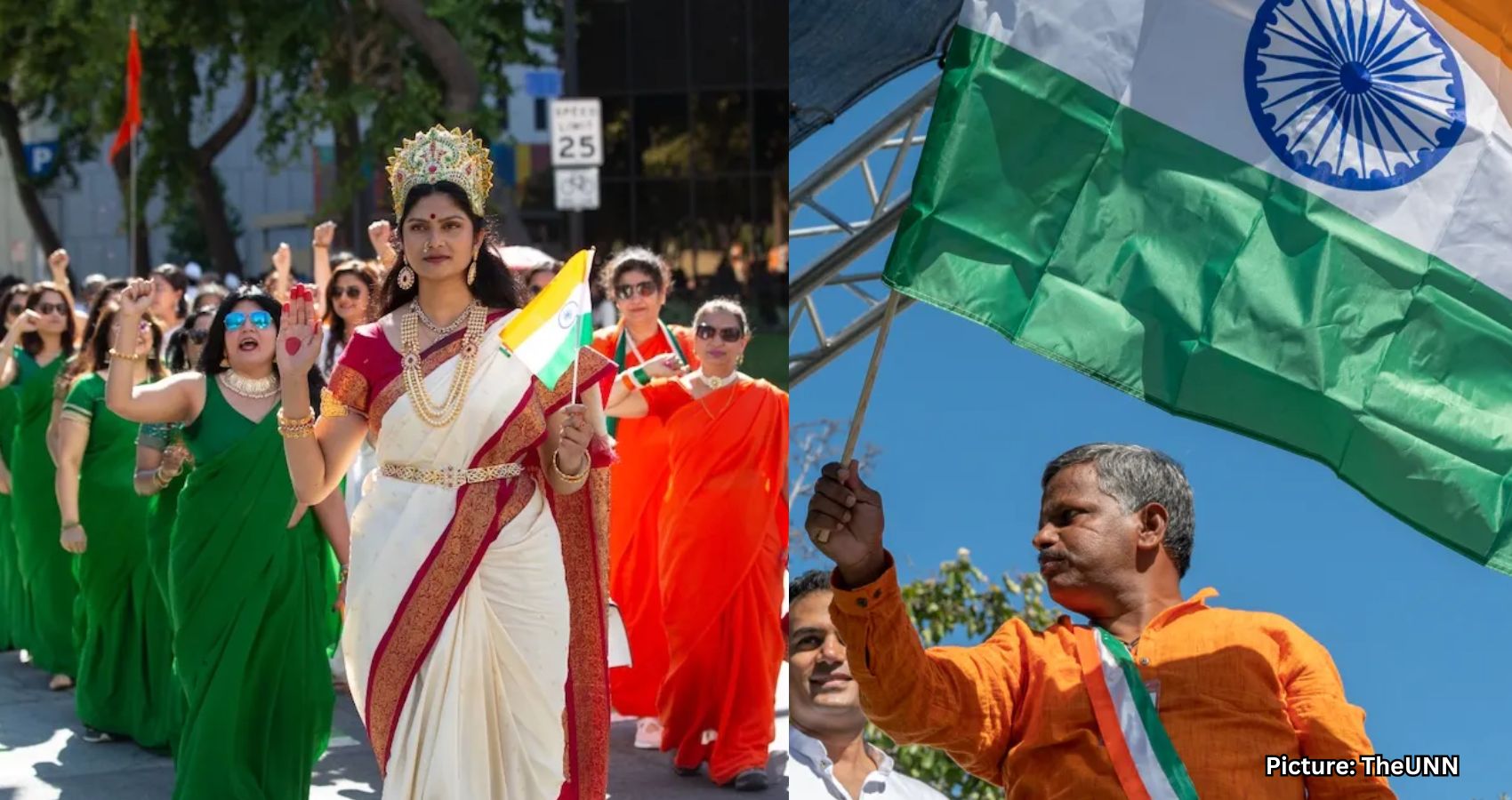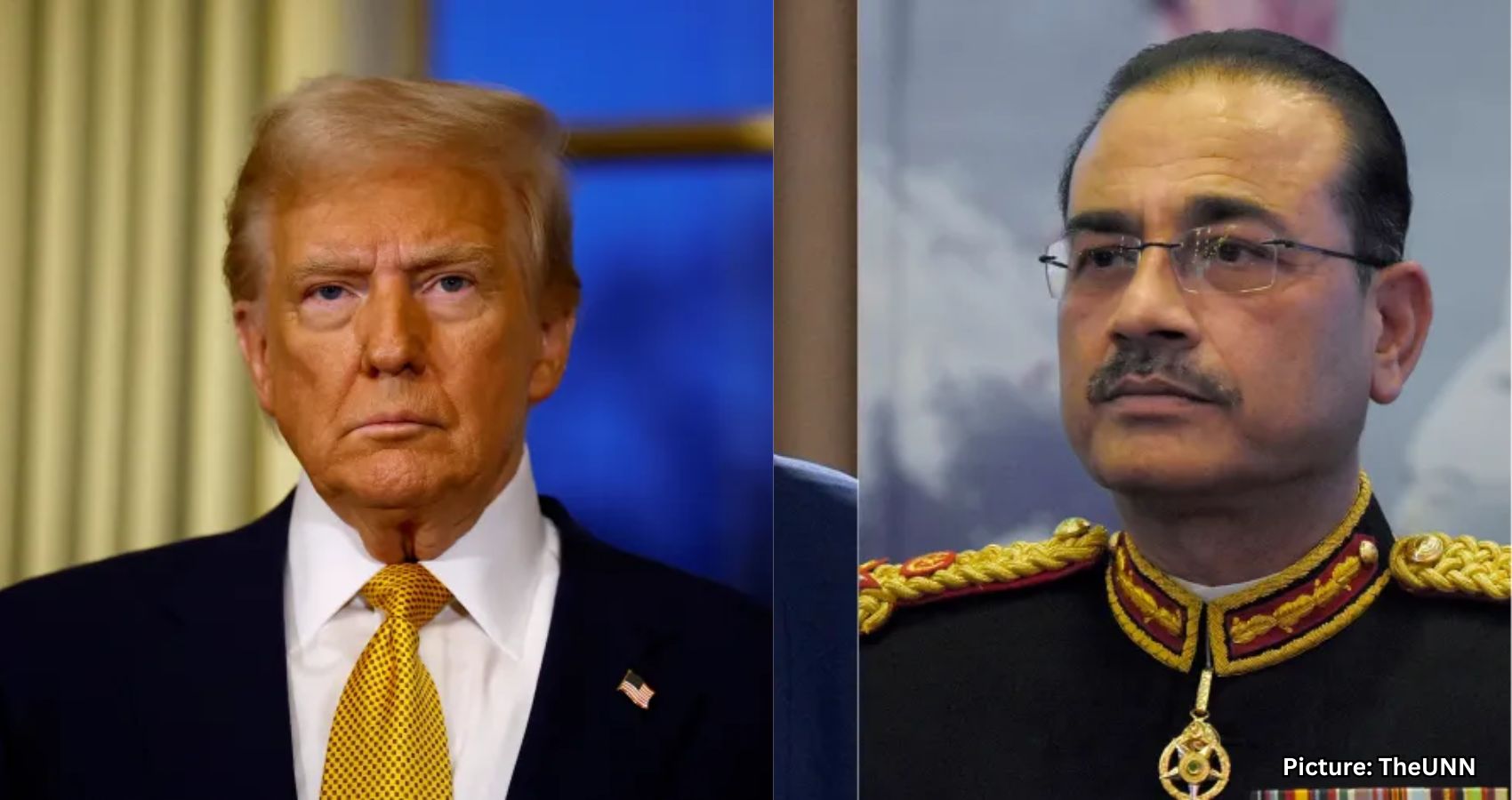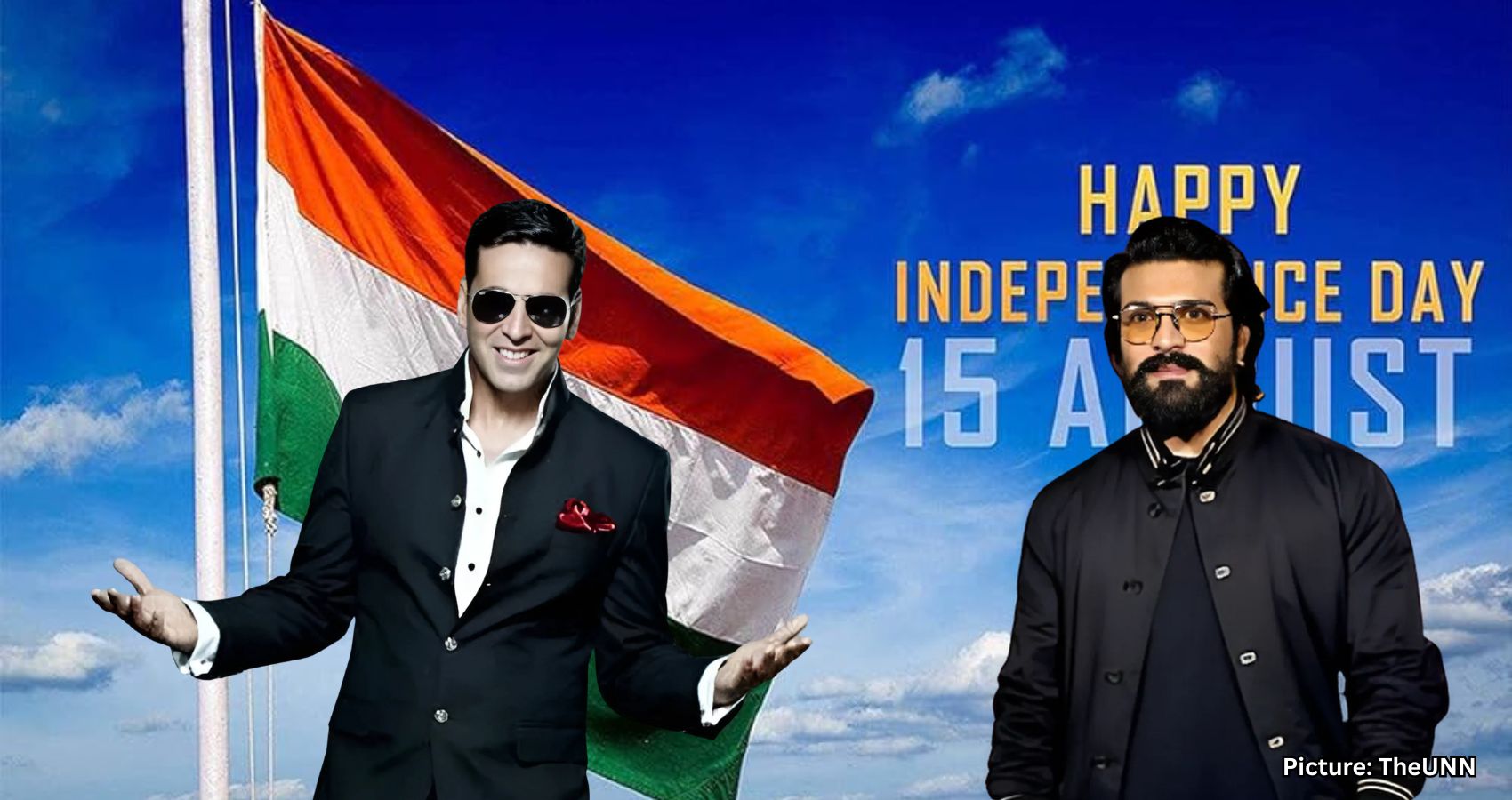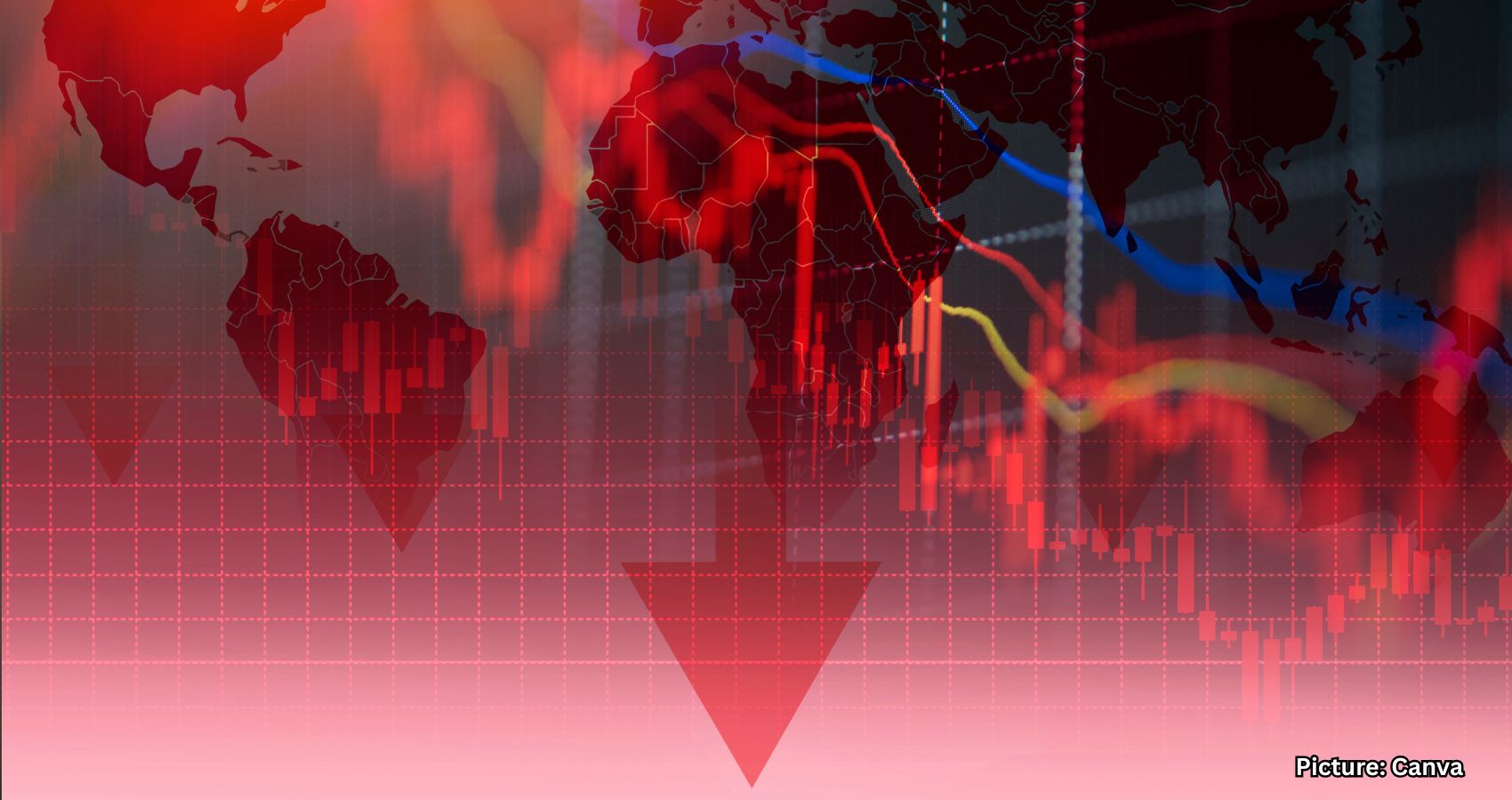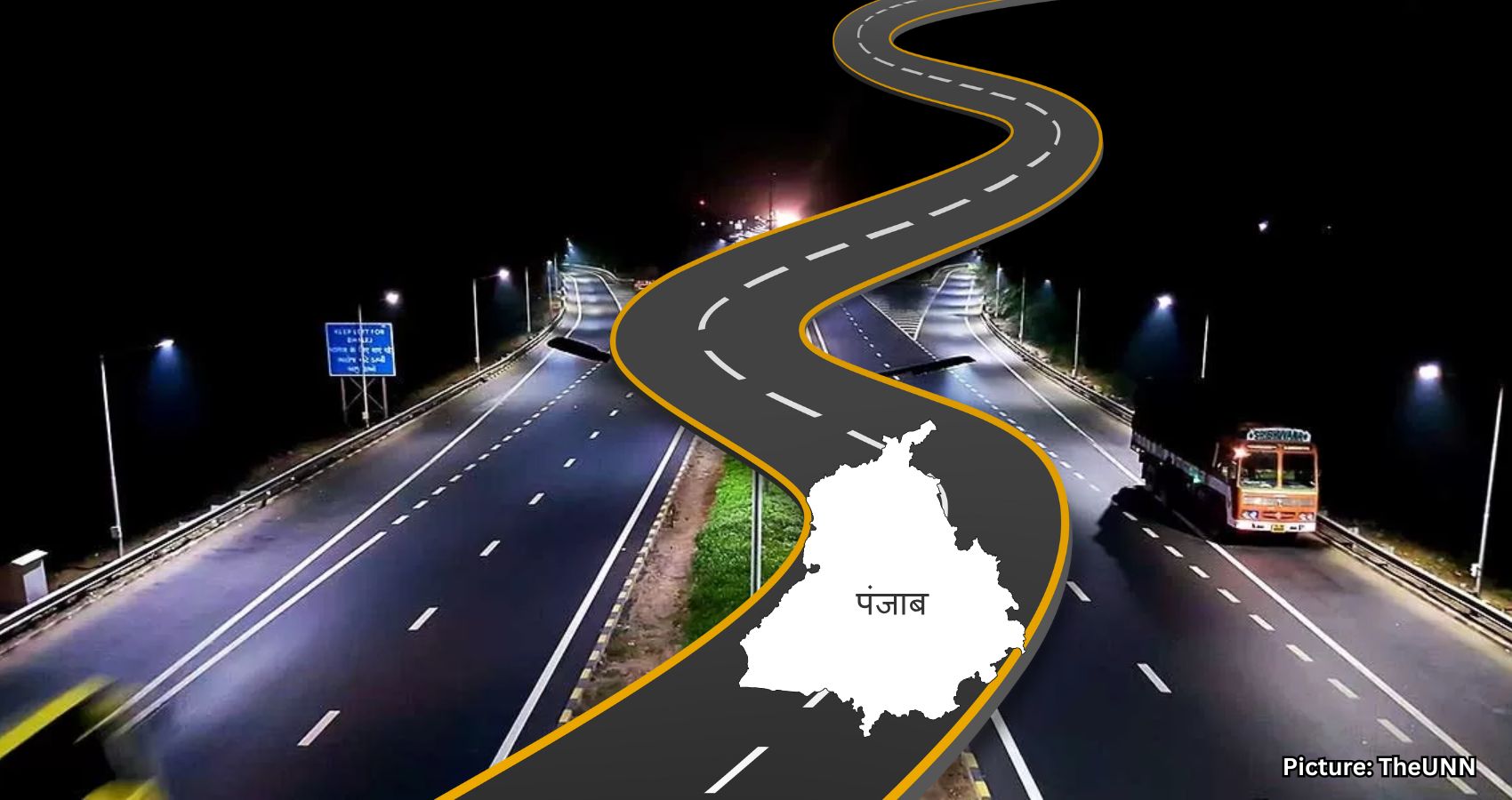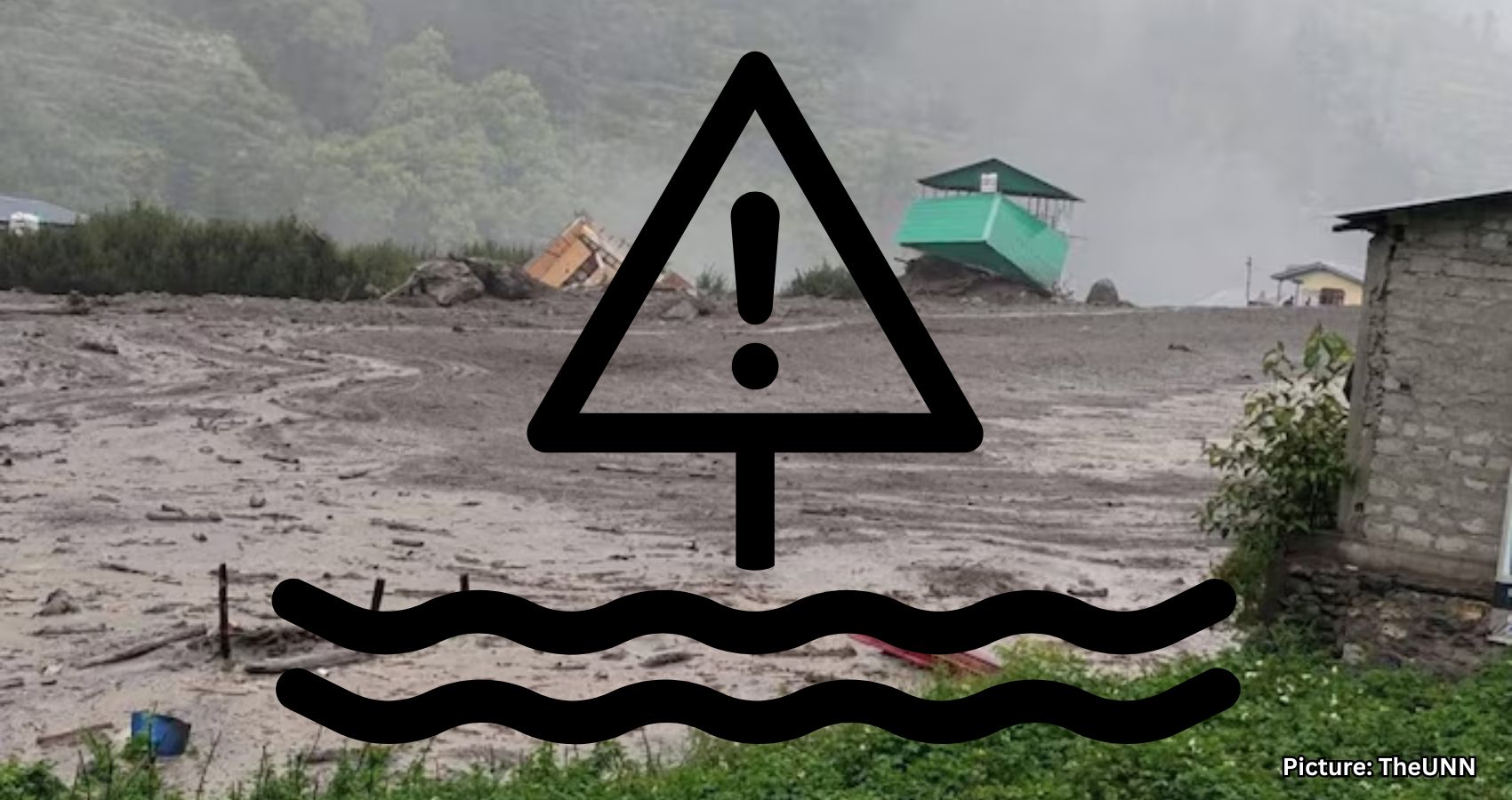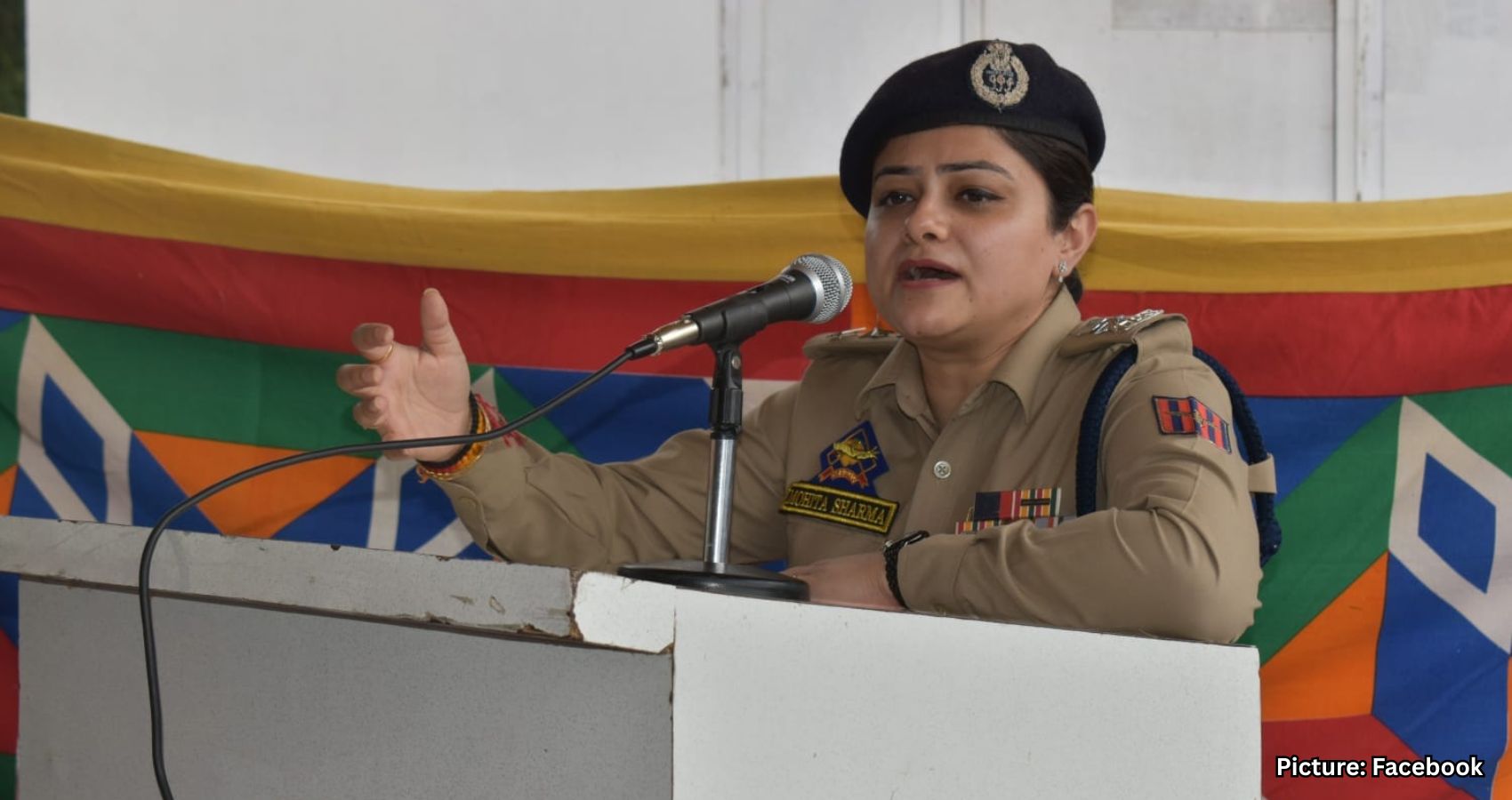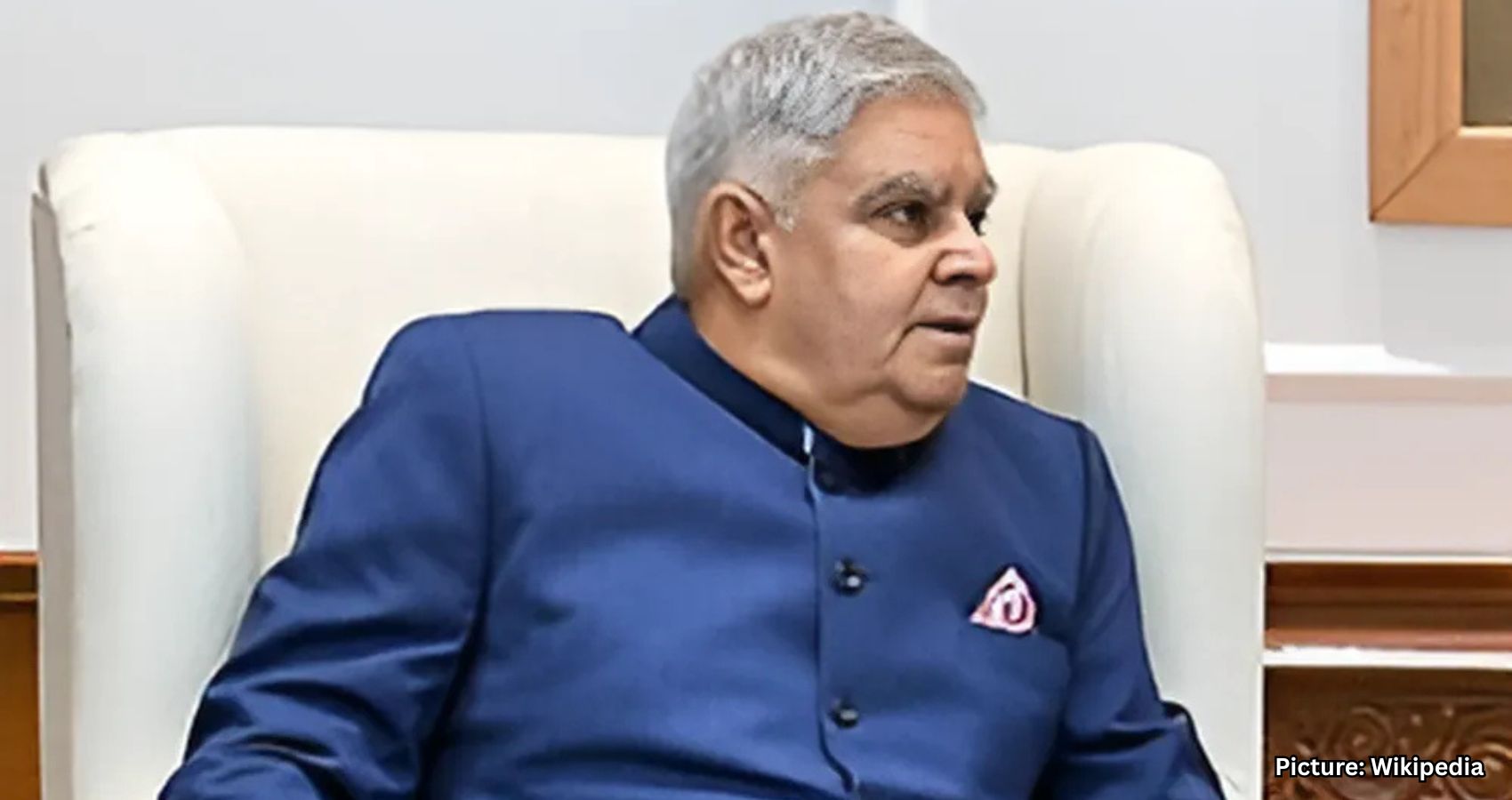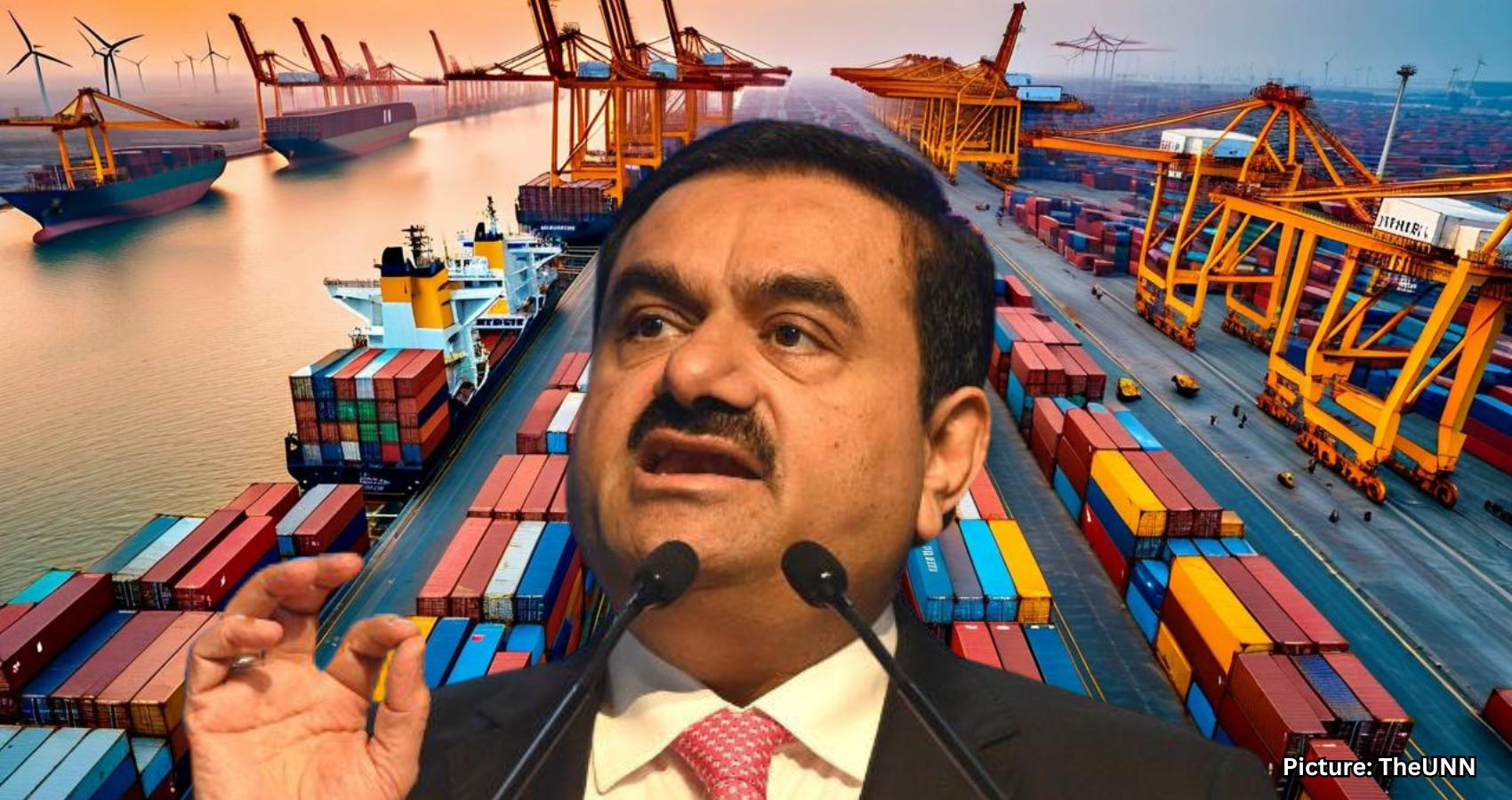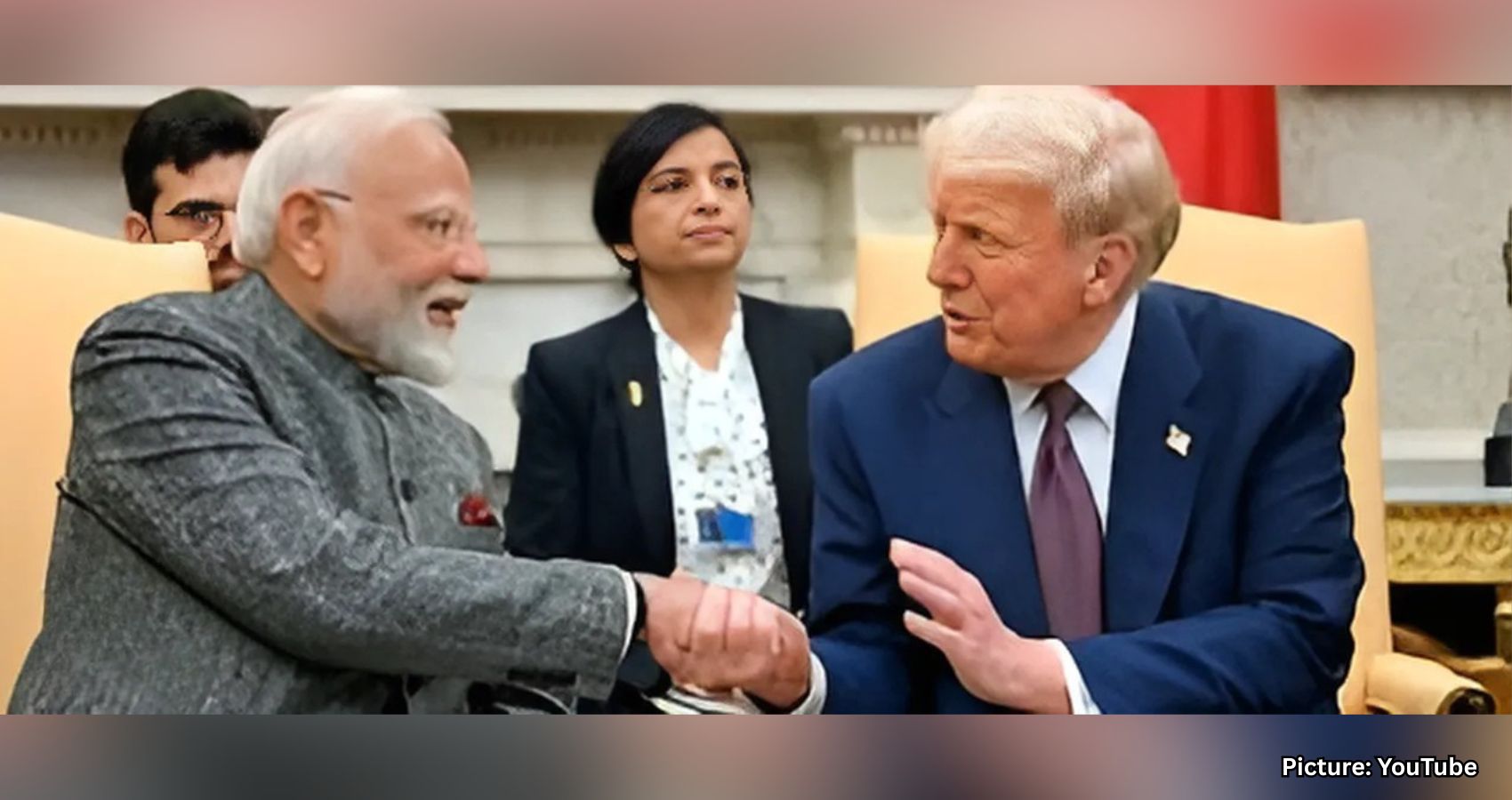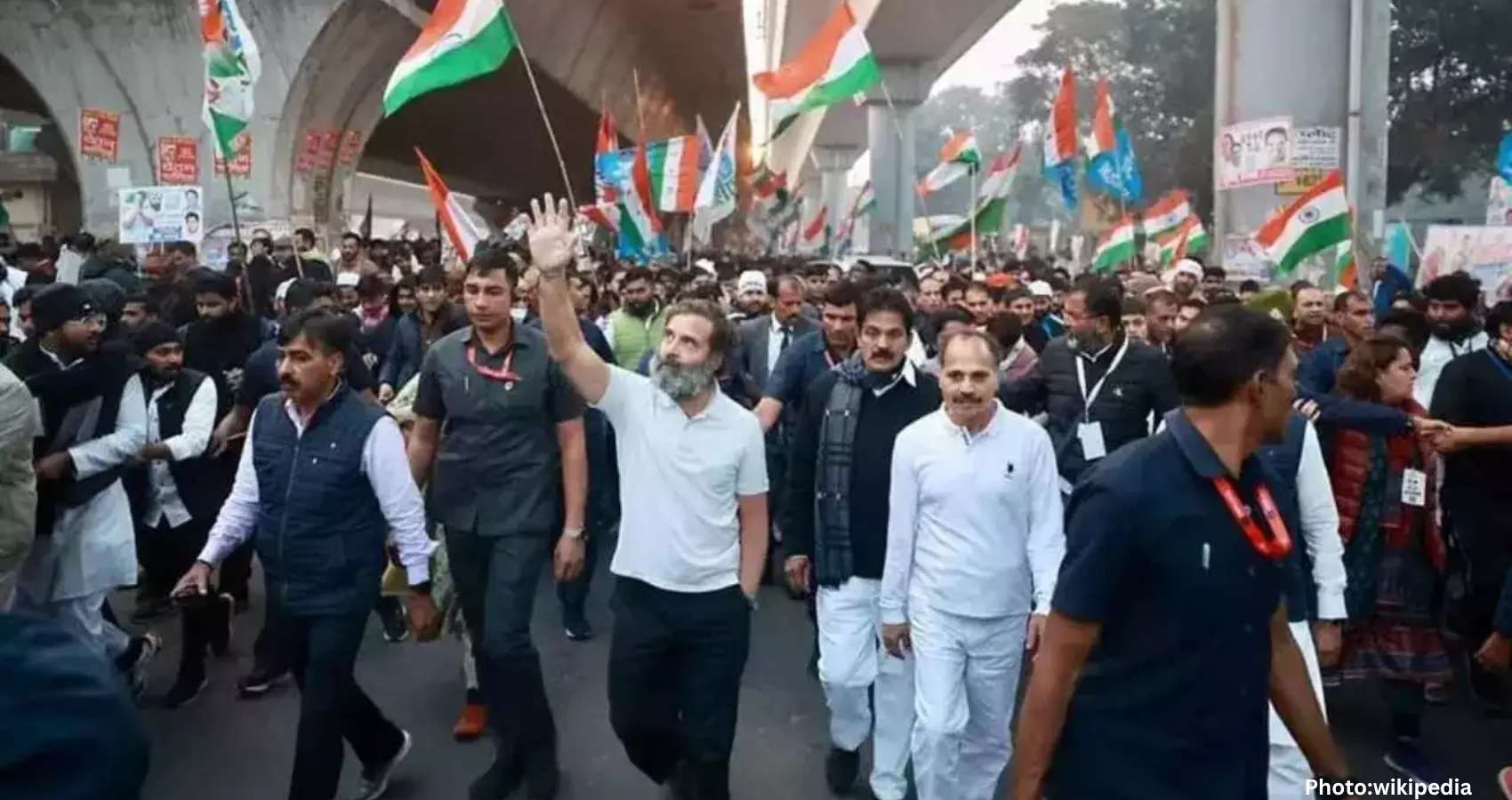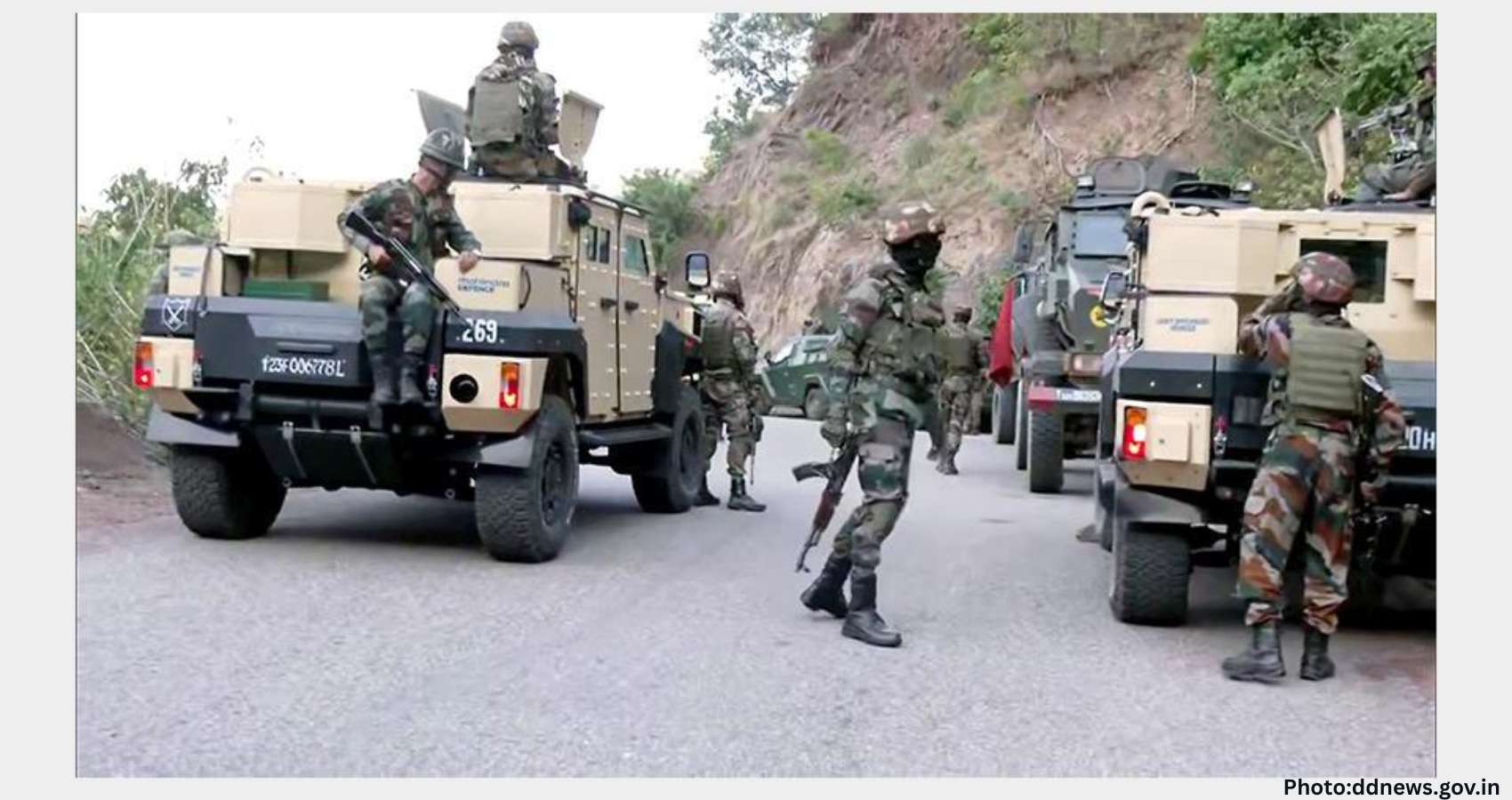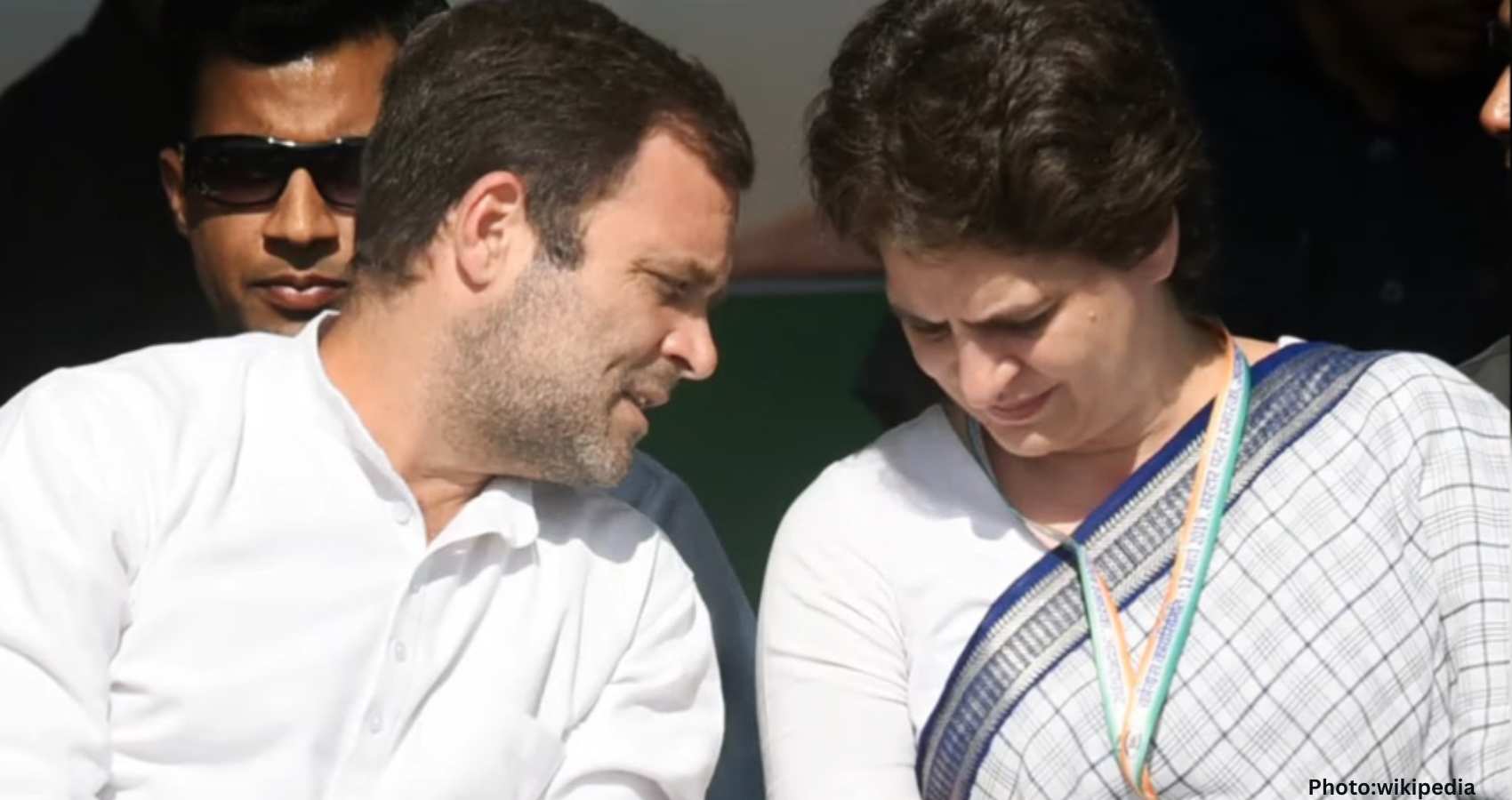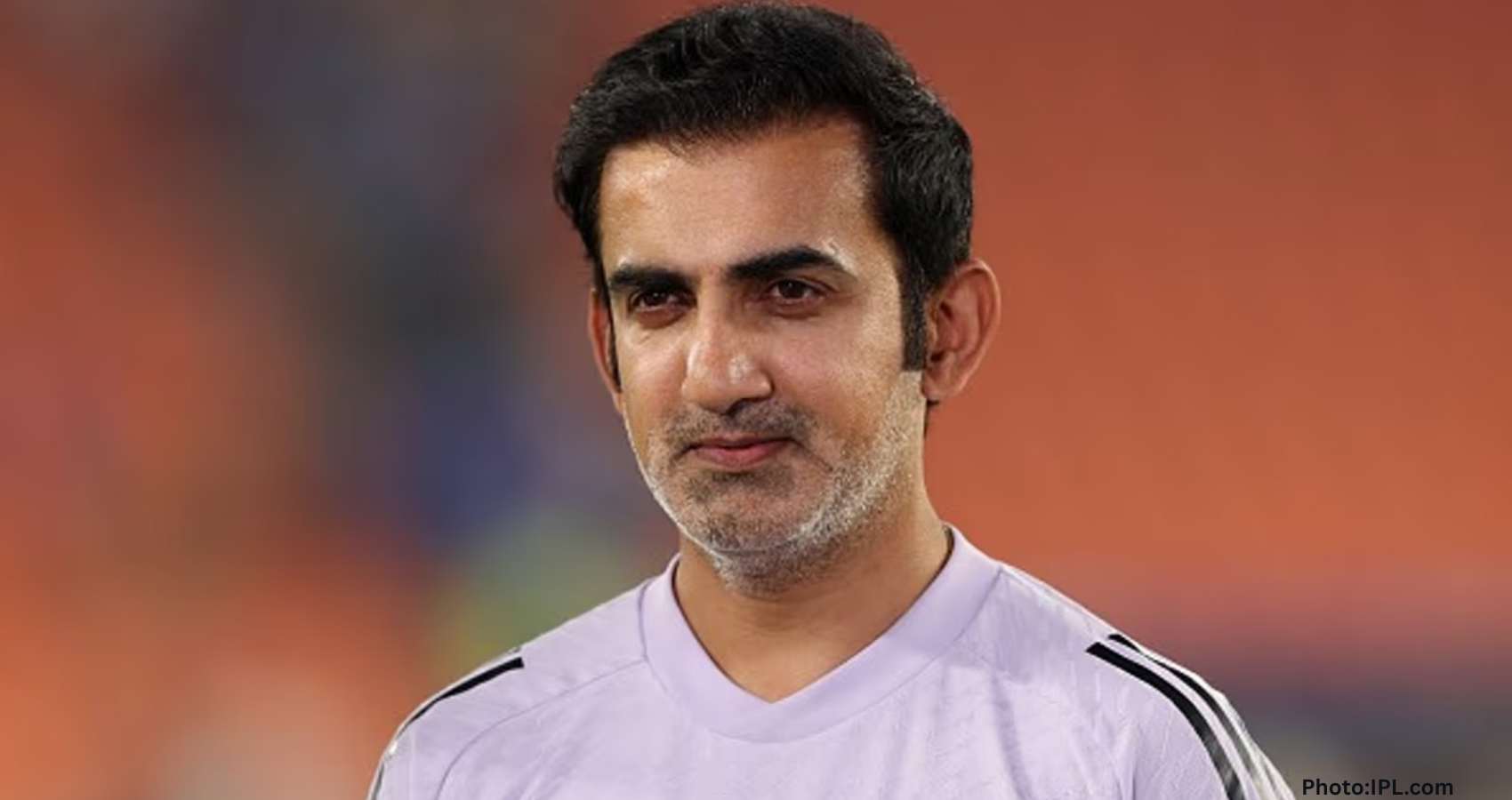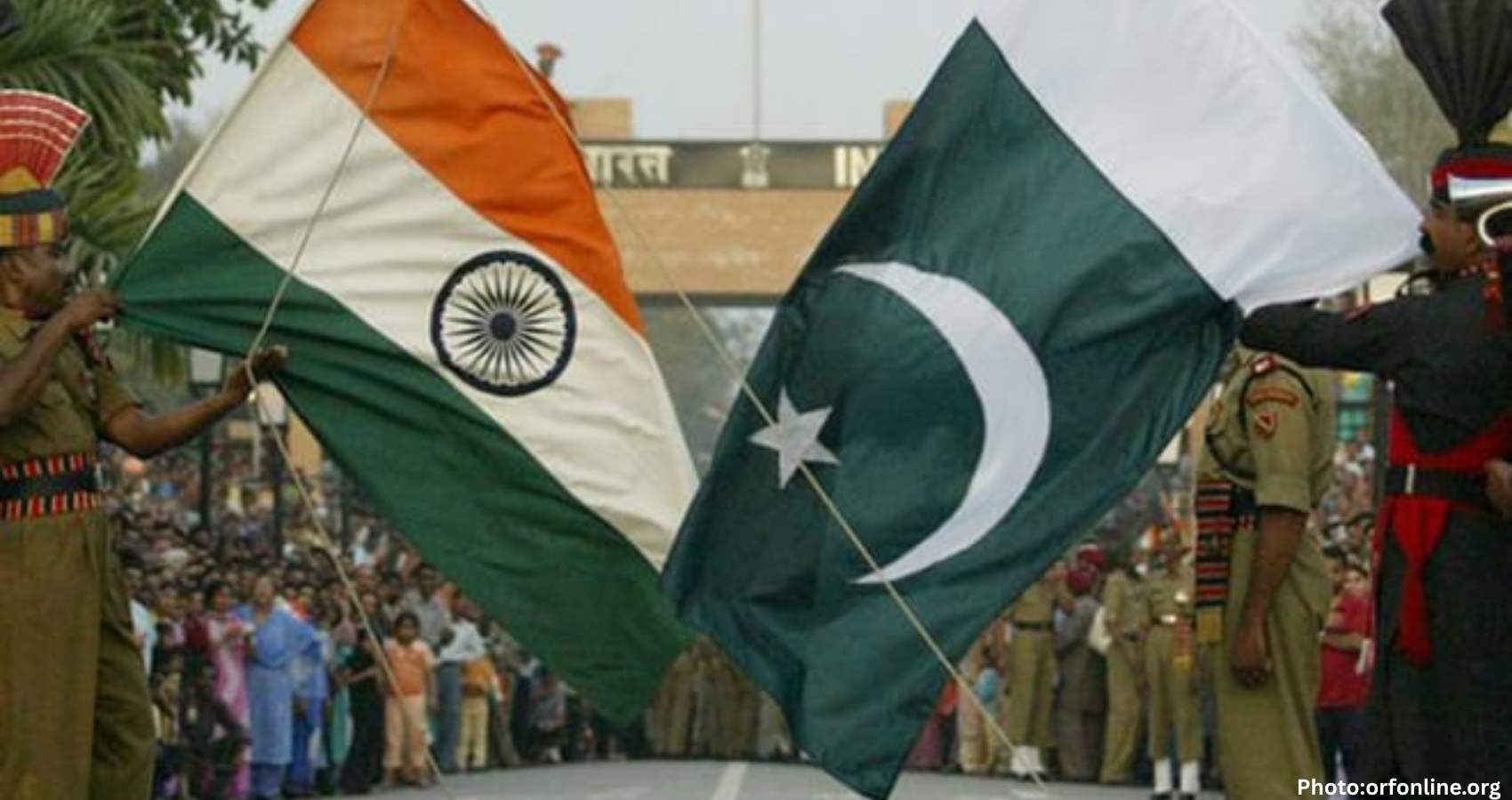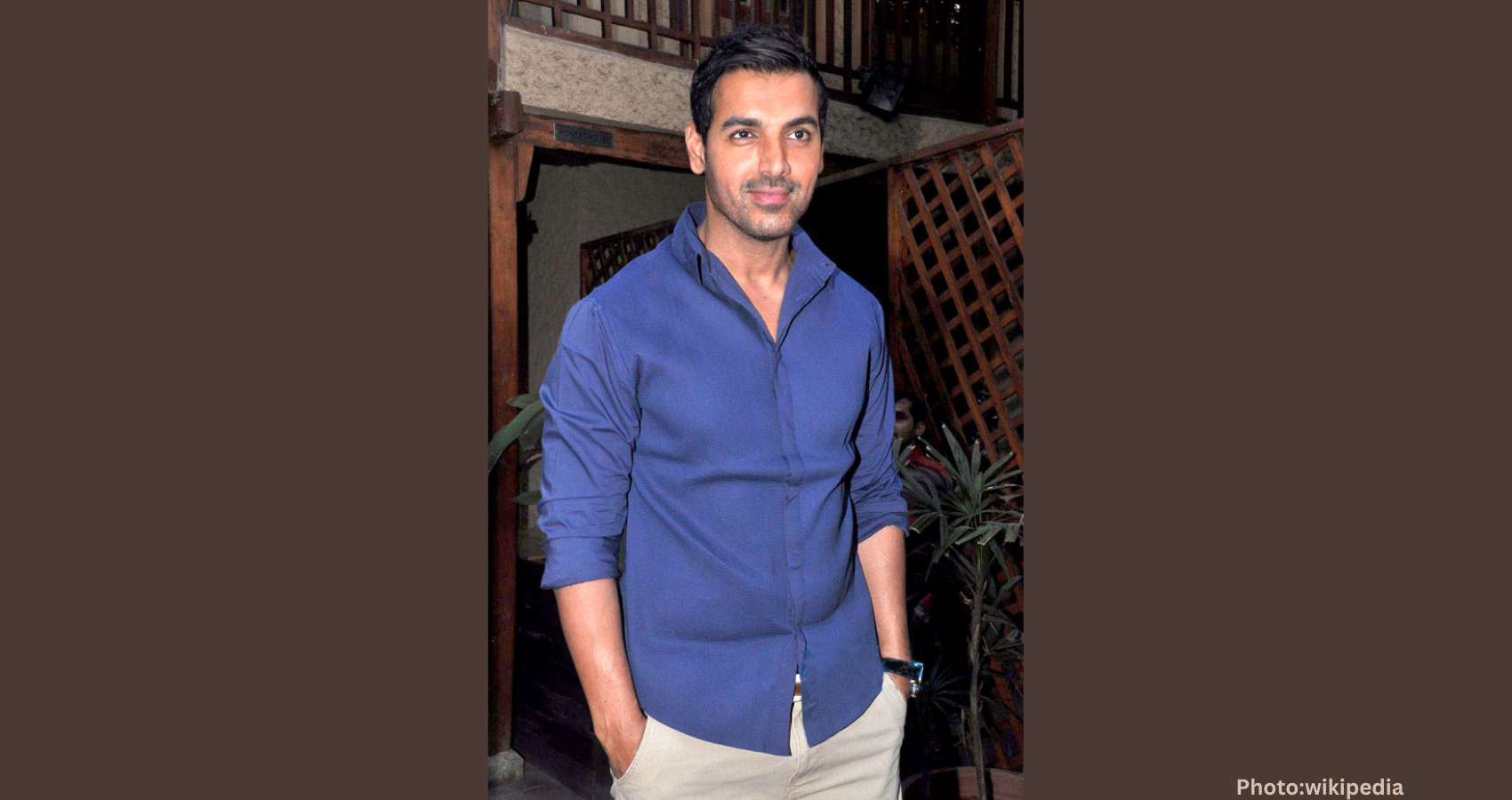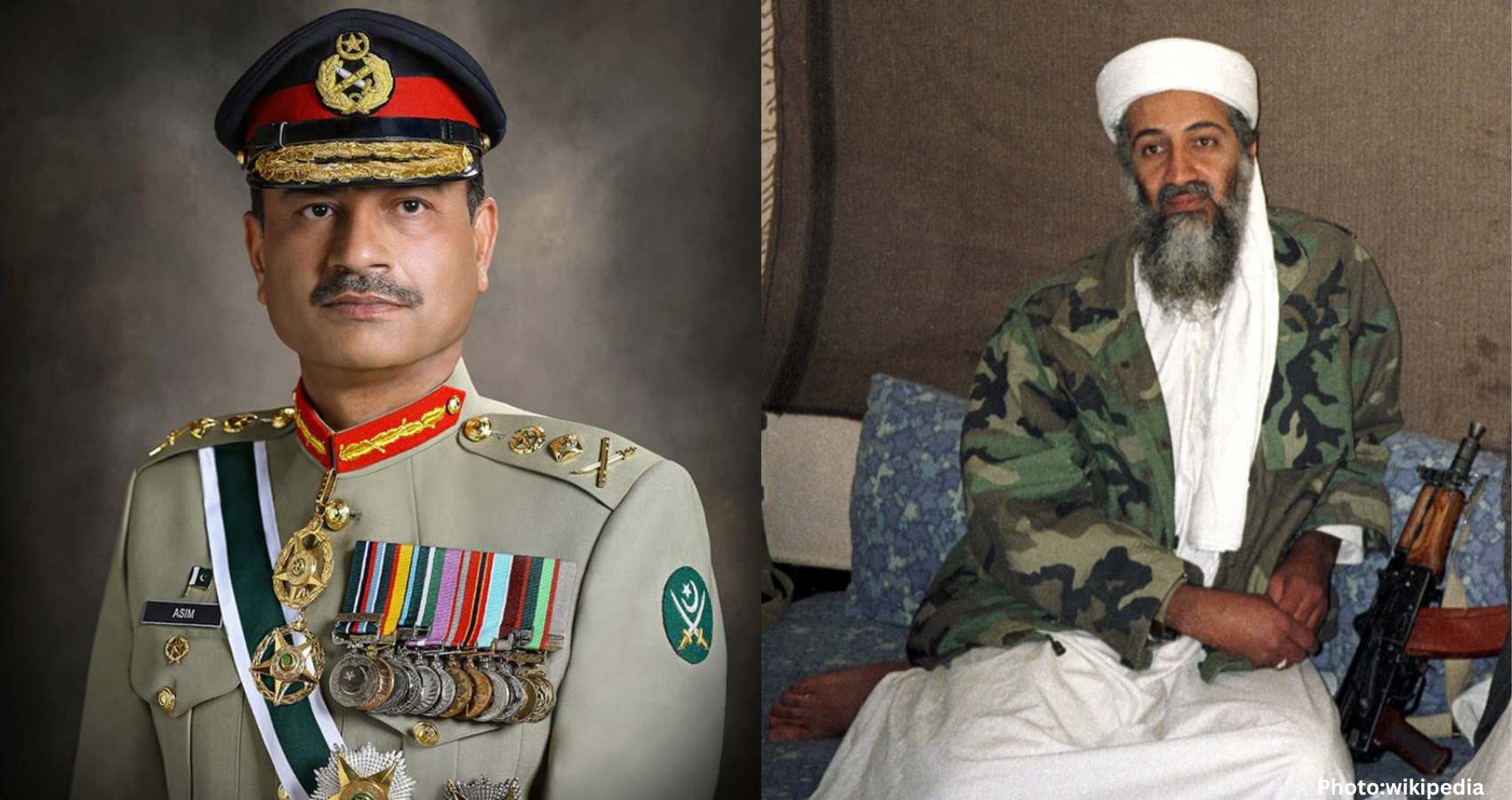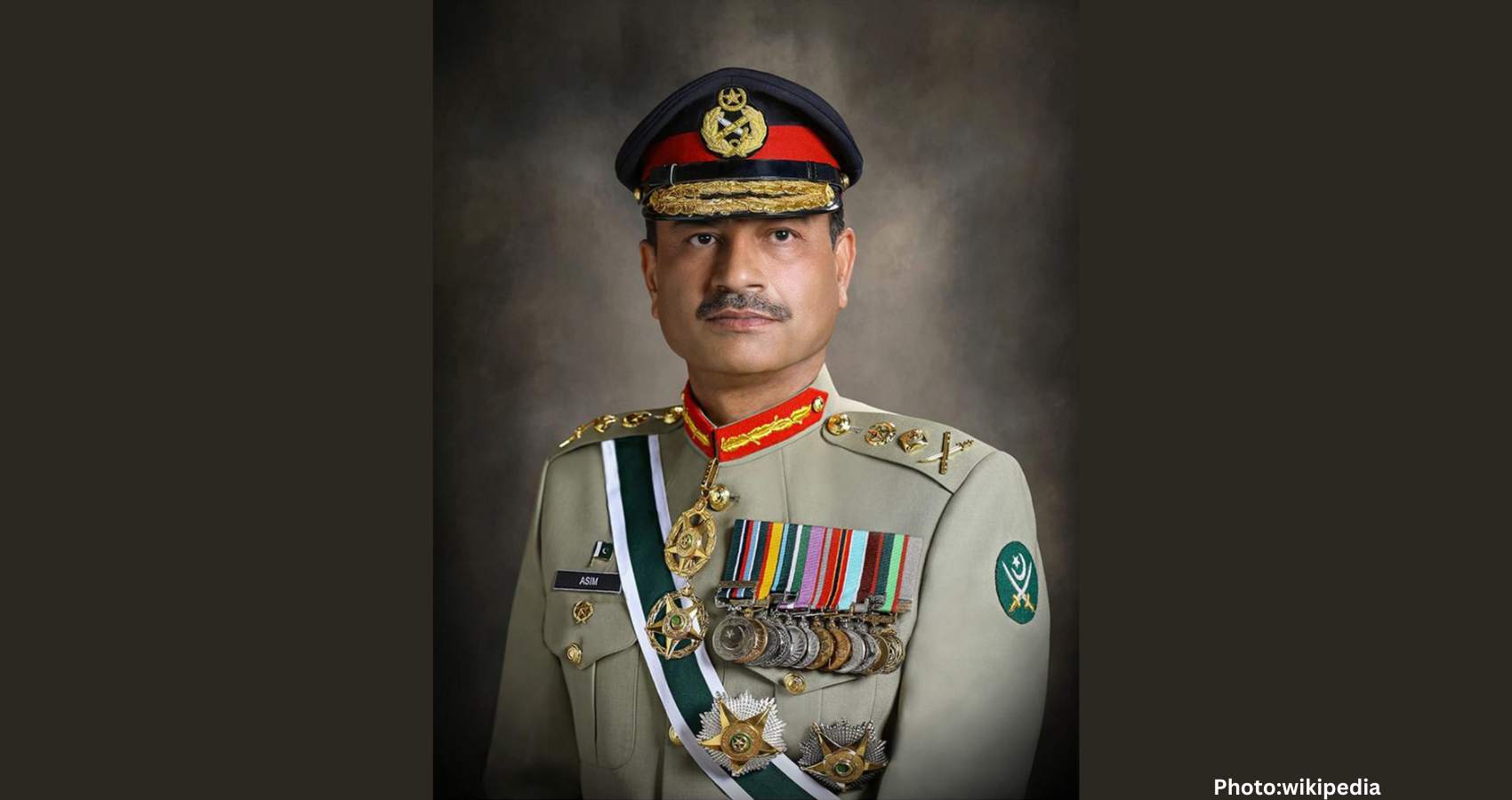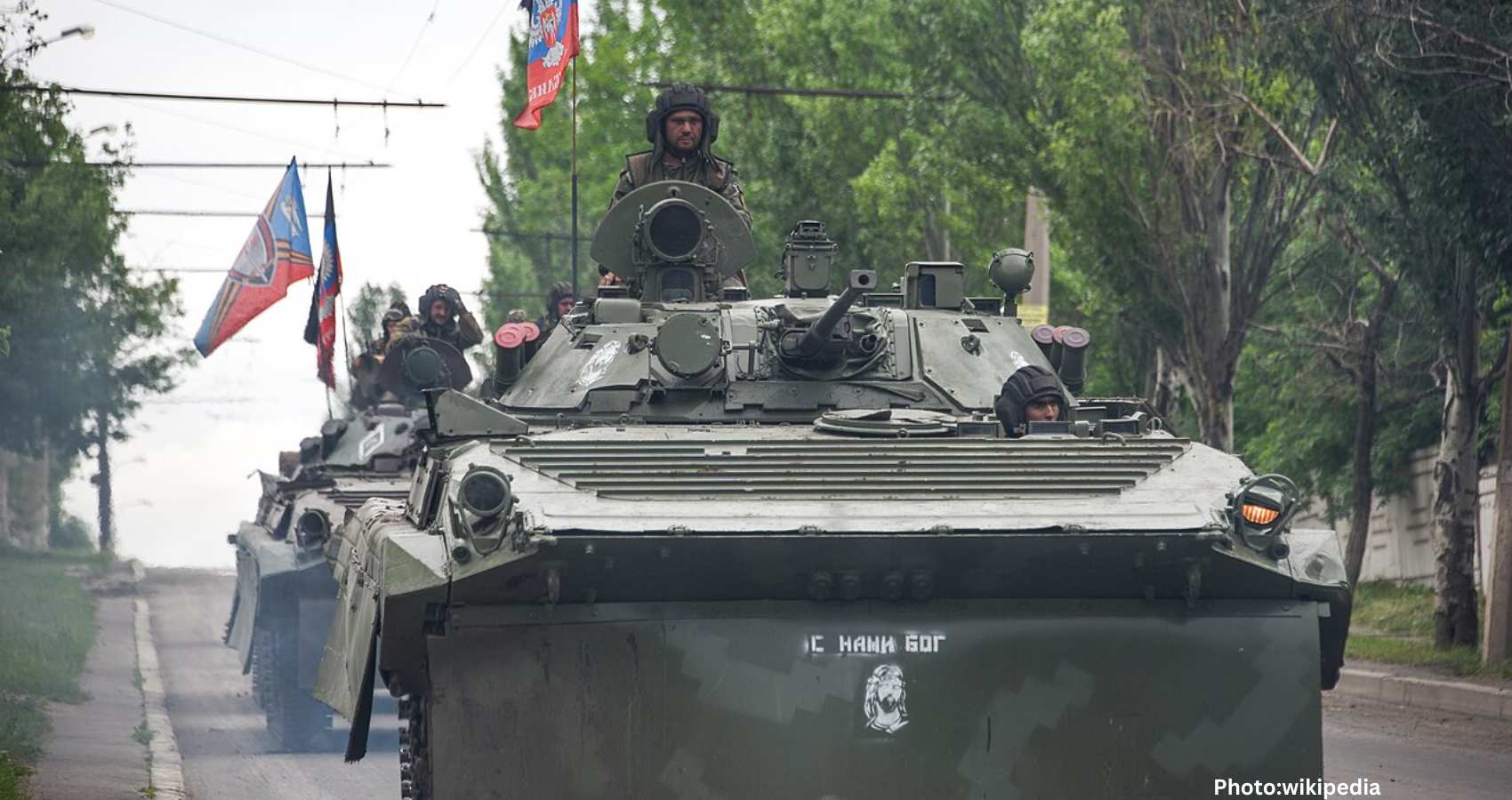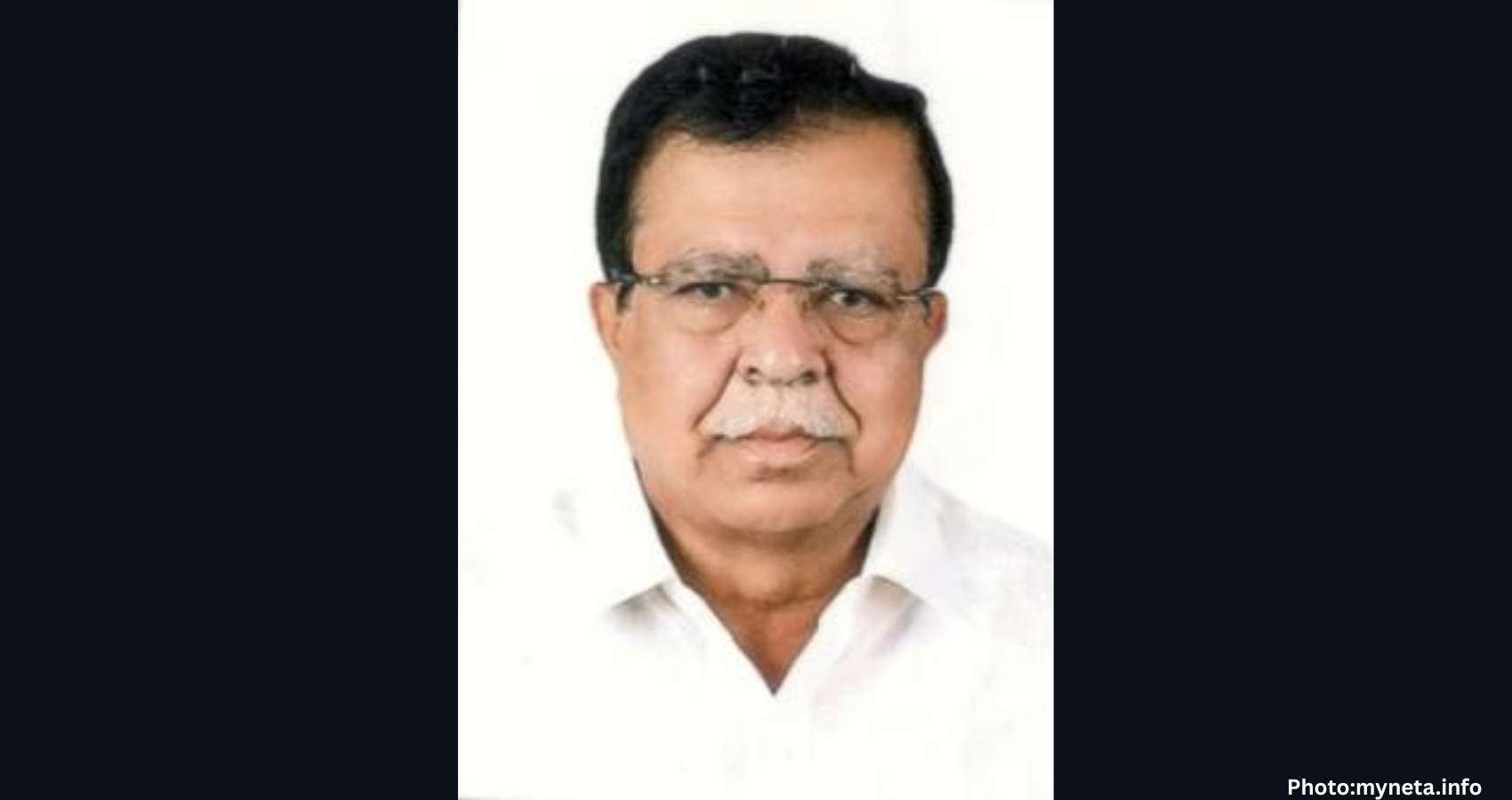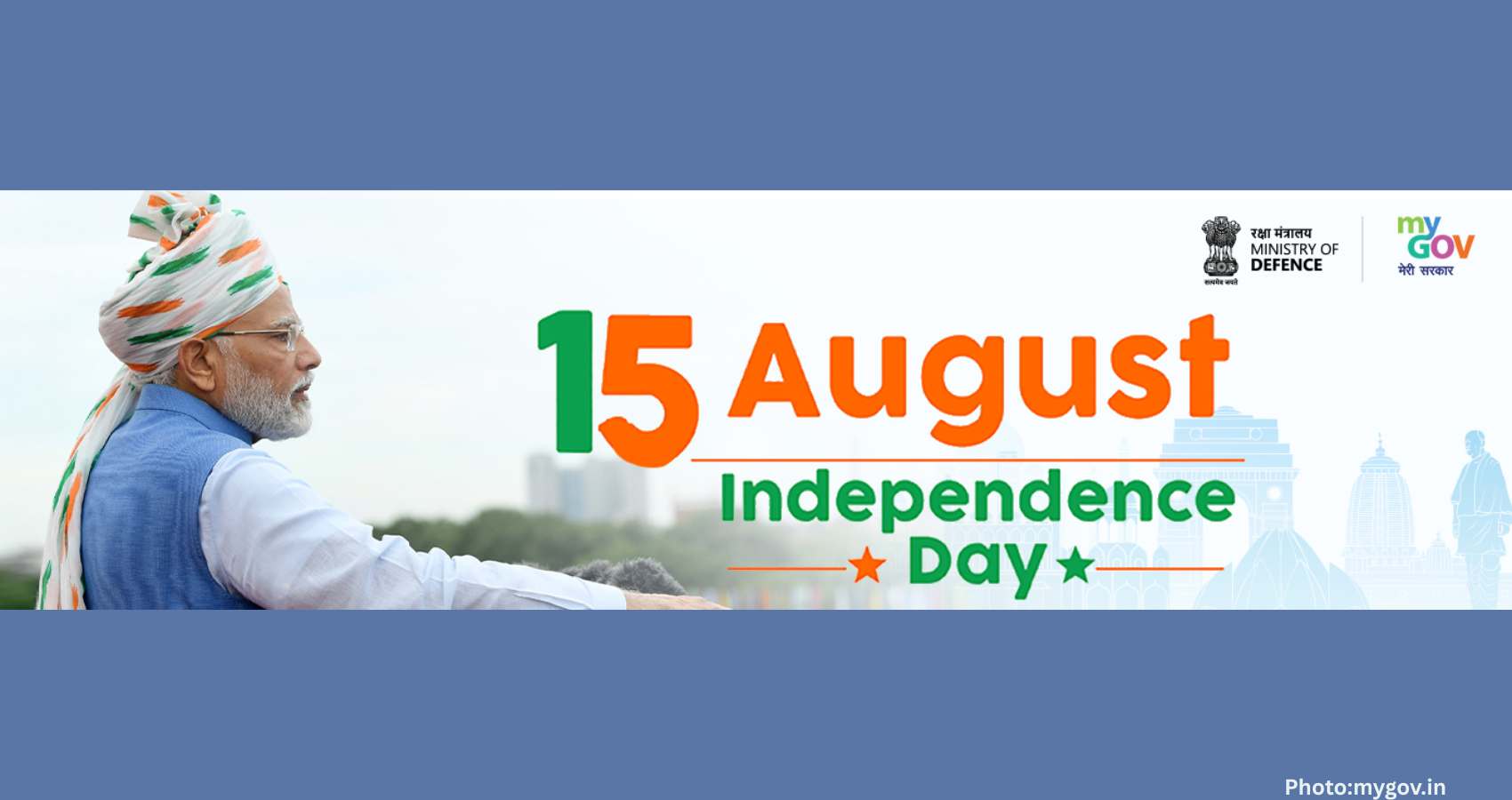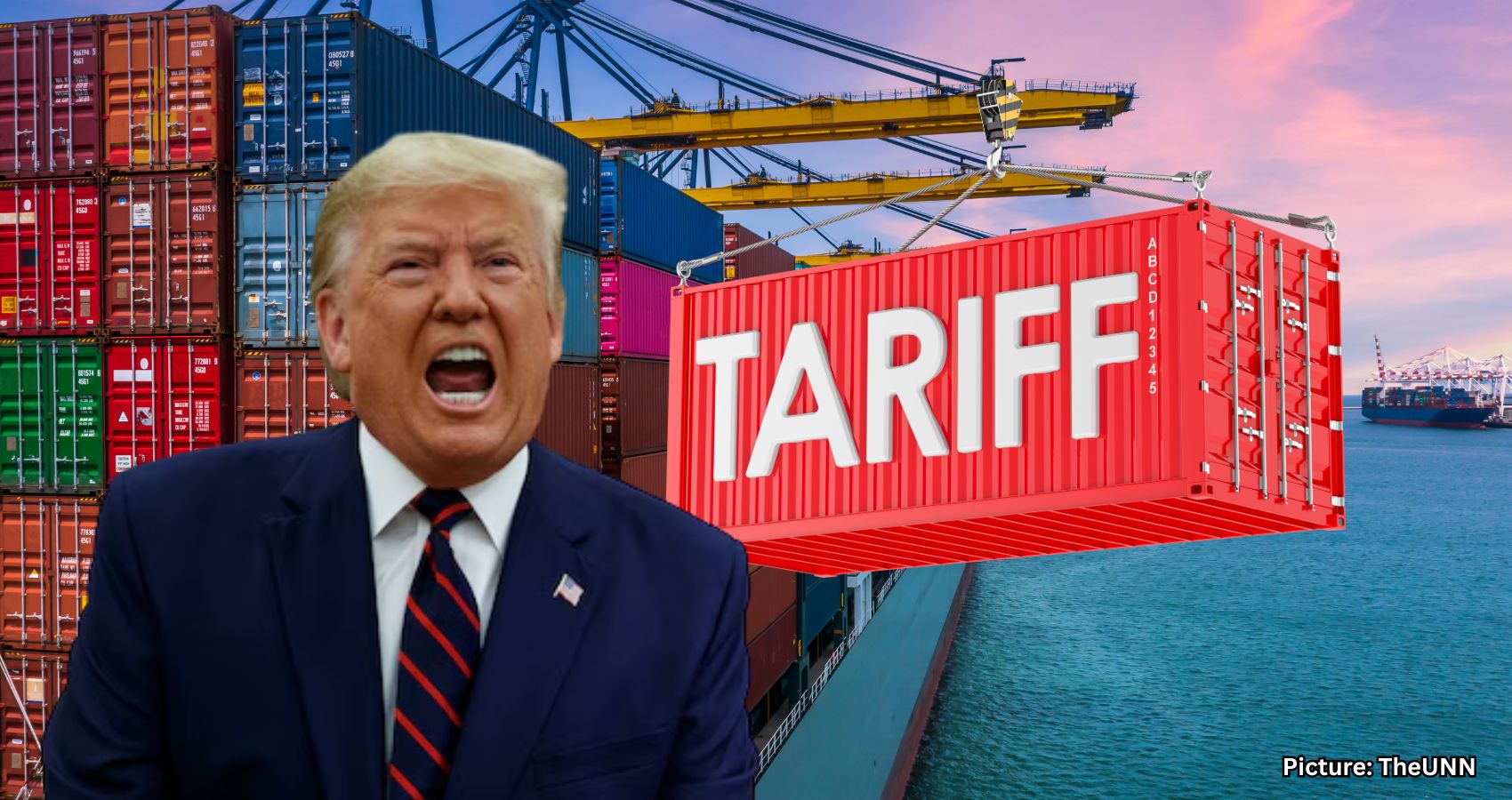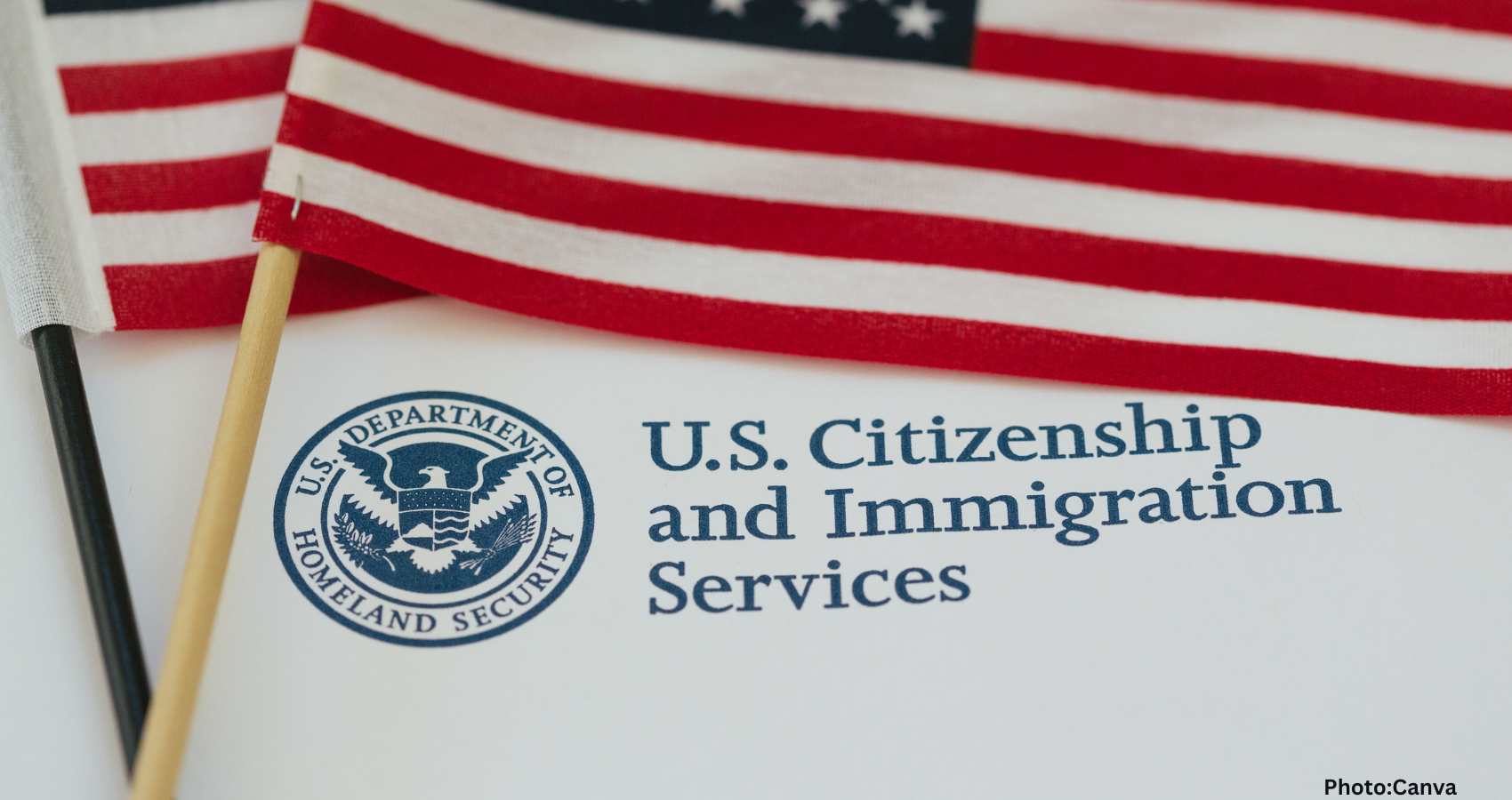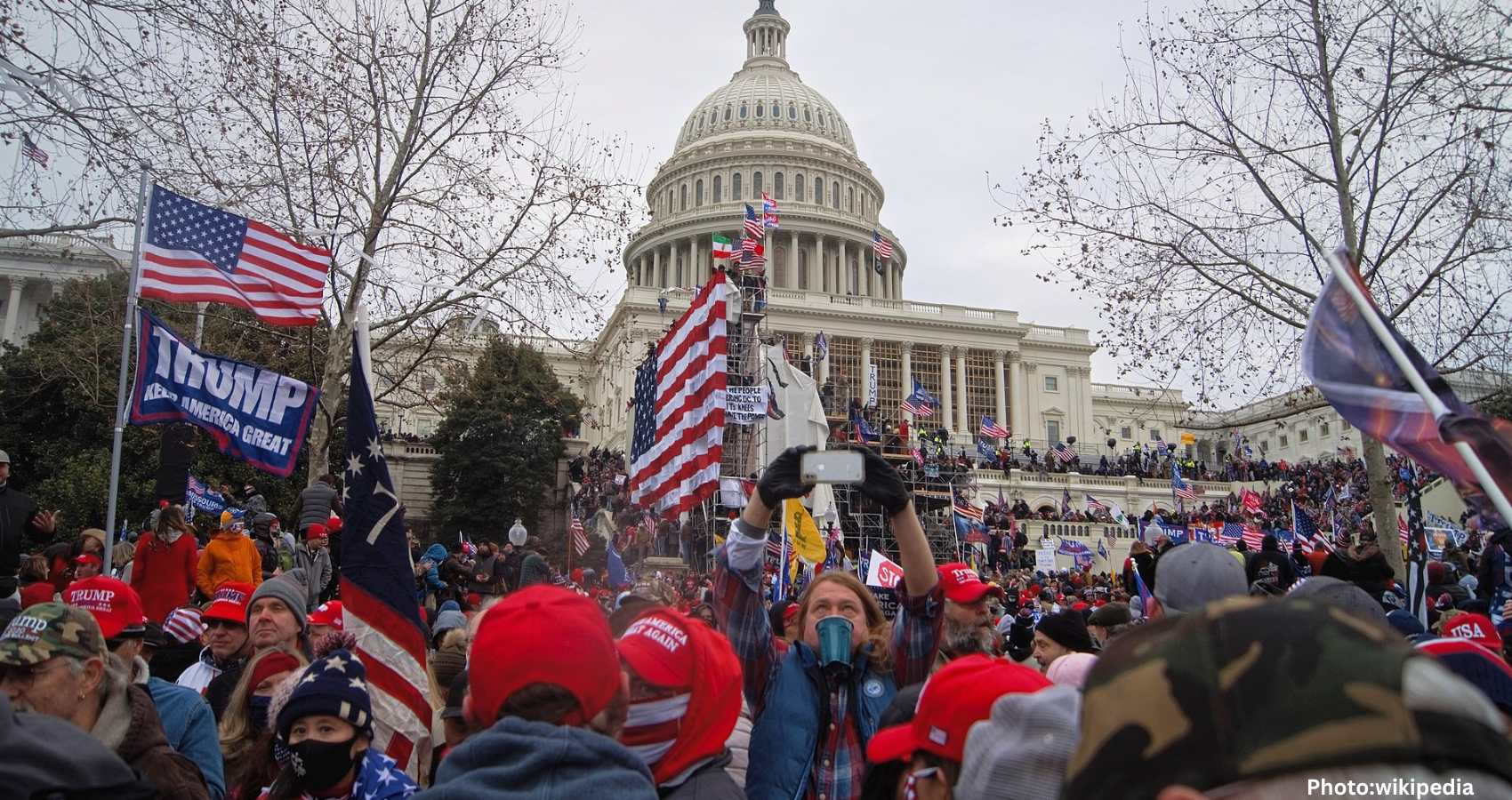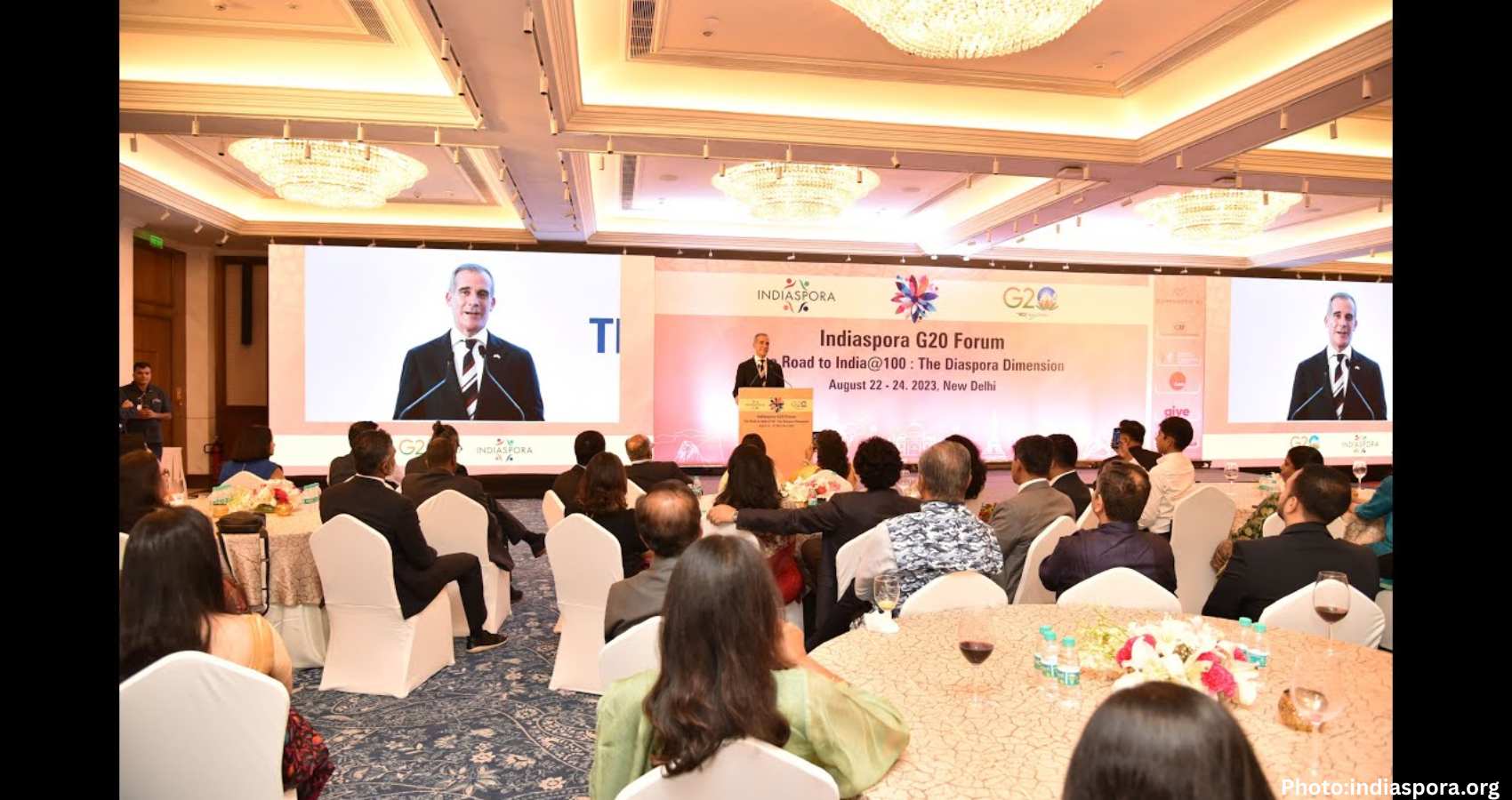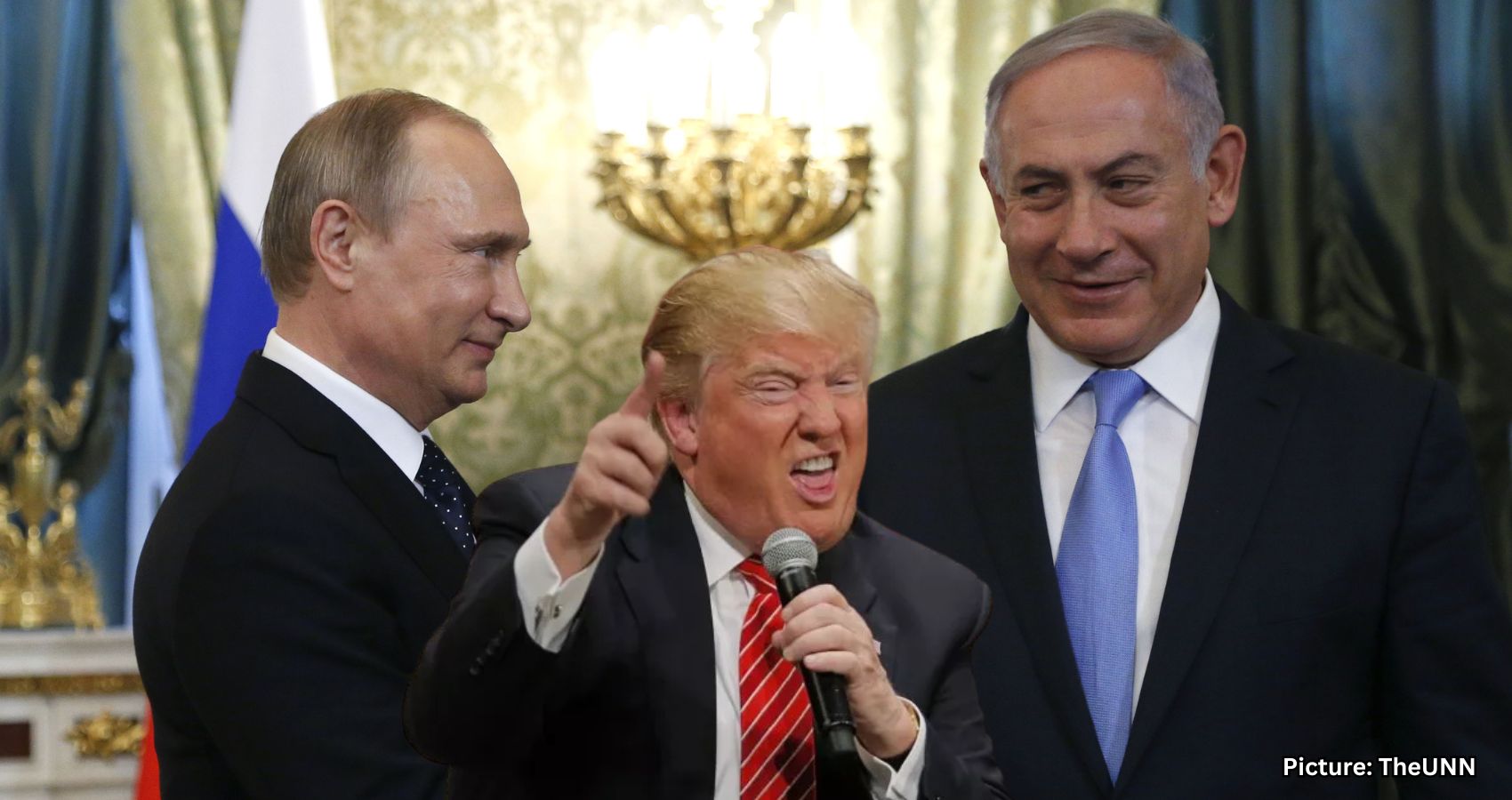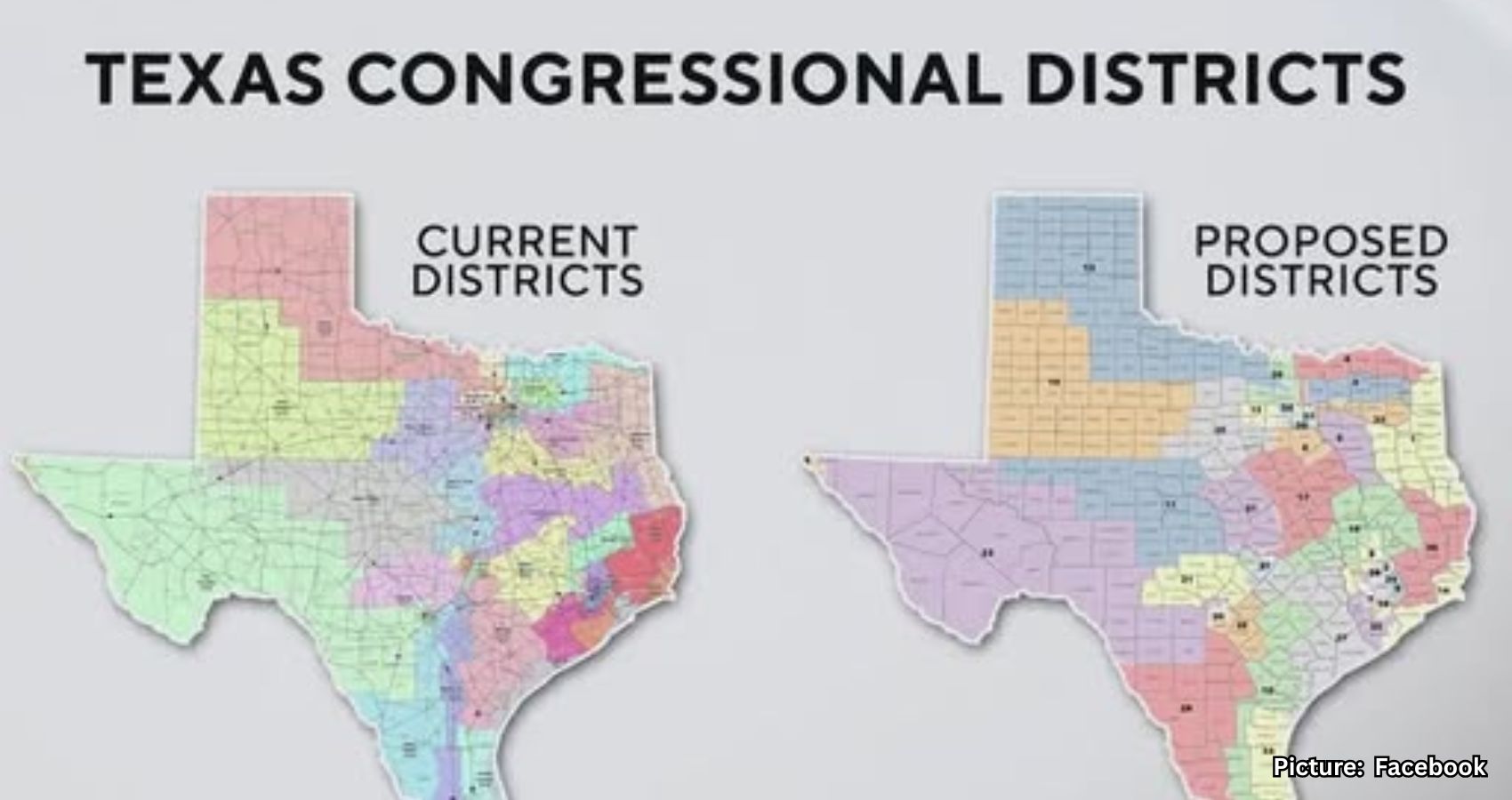Receiving unexpected order confirmations may indicate that your email address is being exploited in fraudulent operations targeting various retailers.
In recent months, an increasing number of individuals have reported receiving shipment confirmation emails for purchases they did not make. These emails typically originate from legitimate retailers, often in the sportswear or electronics sectors, and include real tracking numbers and delivery details. However, the products are shipped to different names and addresses, while the buyer’s contact email is the recipient’s.
This phenomenon might initially appear to be a simple clerical error or a case of someone mistyping an email address. Yet, when it occurs repeatedly across multiple unrelated orders, it raises concerns about a more sinister tactic at play. Arthur, a resident of Cape Coral, Florida, shared his experience, which reflects the frustrations of many others: “My wife’s email address is showing up in emails from various sports entities to notify her of shipping dates, etc. So far, three separate individuals have ordered products, shipped to a different name at a different address, but used her email as the contact. They didn’t use our credit card to place the order. What could be going on? I don’t believe it’s a coincidence.”
Arthur’s suspicions are well-founded. Scammers are increasingly using real email addresses to facilitate fraudulent purchases through retailer systems that have fewer verification checks. They exploit the trust associated with legitimate email addresses to carry out their schemes, even if they have not compromised the victim’s payment details.
It is improbable that someone is accidentally entering your email address every single time. Instead, scammers are deliberately using valid, active email addresses to circumvent retailer fraud filters. Numerous sources indicate that fake order and shipping confirmation emails are a common tactic in fraud operations, with criminals taking advantage of the trust systems built around legitimate email addresses.
When a stolen credit card is used, pairing it with a real email address that has not triggered spam alerts significantly increases the likelihood that the transaction will go unnoticed by anti-fraud systems. Retailers often verify whether an email address is active or bounces. If the system detects a functioning address, it may be less suspicious than an obviously fake one.
Once an order is placed, products are frequently sent to drop addresses or freight-forwarding services, as confirmed by official investigations into brushing scams. These services act as intermediaries, complicating the tracing of fraudulent activities. In this context, your email serves merely as a means to an end—a validated contact point that aids the operation’s progression.
Your email address may have fallen into the hands of scammers through several common methods. The most likely cause is a data breach. Many well-known companies have experienced leaks where customer emails and other information were exposed. Once your email is part of a leaked database, it often circulates on the dark web or in underground forums, where it is traded and reused. Even if you were not directly involved in a breach, scammers frequently employ a technique known as credential stuffing. This method involves testing stolen login details across various websites to confirm which email addresses are active.
To mitigate the risk of falling victim to such scams, consider investing in a data removal service. While no service can guarantee the complete removal of your data from the internet, these services can help monitor and automate the process of removing your information from numerous sites over time.
Implementing a few straightforward yet effective measures can help protect your inbox, safeguard your identity, and stay ahead of scammers misusing your email. Start by securing your email account with a strong, unique password that you do not reuse elsewhere. Enabling two-factor authentication (2FA) adds an extra layer of security, ensuring that hackers cannot access your account even if they have stolen your password. A password manager can simplify this process by generating and securely storing complex passwords, reducing the risks associated with password reuse.
Regularly check if your email has been exposed in past breaches. Many password managers include built-in breach scanners that can alert you if your email address or passwords have appeared in known leaks. If you discover a match, promptly change any reused passwords and secure those accounts with new, unique credentials.
Periodically scan your inbox for order confirmations, shipping notices, or account sign-ups that you do not recognize. If something seems suspicious, report it directly to the retailer or platform, as it may be part of a larger scam utilizing your email address. Avoid clicking on dubious links, even if the message appears legitimate, and protect your devices with robust antivirus software to catch threats before they escalate.
To further safeguard yourself from malicious links that could install malware and compromise your private information, ensure that you have antivirus software installed on all your devices. This protection can also alert you to phishing emails and ransomware scams, keeping your personal information and digital assets secure.
Avoid entering your email on questionable giveaway sites or dubious online forms. When in doubt, skip the sign-up or use a temporary email address. The fewer places your email is exposed, the more challenging it becomes for scammers to access it.
Consider establishing a dedicated email account for online purchases, newsletters, and subscriptions. This approach helps keep your primary inbox organized and makes it easier to identify unusual activity. Creating various email aliases can also be beneficial, allowing you to manage incoming communications while minimizing the risk of data breaches. An email alias can forward messages to your primary address, simplifying your email management.
Even if no purchases appear under your name, receiving order confirmations for items you did not buy can be a warning sign of potential identity theft. Set up alerts with your bank and consider enrolling in a credit monitoring service to detect unauthorized activity early.
If you are receiving order confirmations for items you did not purchase, do not dismiss it as a mere inconvenience. Your email is likely being misused as part of a larger fraud operation, not by accident but intentionally. Scammers are capitalizing on active, trustworthy email addresses to slip past retailer defenses and execute unauthorized purchases. The repeated use of your email indicates that fraud networks are already circulating it, even if your financial information remains secure.
Source: Original article


